 Abraham Lincoln
If given the truth, the people can be depended upon to meet any national crisis...
Abraham Lincoln
If given the truth, the people can be depended upon to meet any national crisis...
 Guildford news...
for Guildford people, brought to you by Guildford reporters - Guildford's own news service
Guildford news...
for Guildford people, brought to you by Guildford reporters - Guildford's own news service
Birdwatcher’s Diary No.221
Published on: 8 Dec, 2020
Updated on: 8 Dec, 2020
By Malcolm Fincham
Moving into the second half of November, my birdwatching ventures had begun to turn out better than I had anticipated.
To my surprise, a number of unexpected encounters came my way. These even included, as the month came to a close, a few birds I hadn’t seen before in Surrey.
Thursley Common always seems to hold a place in my heart and the opportunity to visit there is always a welcomed one. Especiallyas on this occasion, having entered from its eastern border on the side closest to the Guildford to Portsmouth A3.
I always find the views exalting when entering from that side of the heathland.
Situated on higher ground than the rest of the heathland allows panoramic views across to the western side of the common.
Red kites had become a regular sighting there since the turn of autumn. And one could be observed, not far from where I stood, observing the same views as I was.
This was until we were both interrupted by a second red kite flying low over my head. Disrupting our thoughts and causing the perched kite to take to the air.
Although a respectably quite day bird-wise, for me, it’s always a delight to be there, if only for its views. Of course, there was always the recent irruption of common crossbills to look out for.
Although on this occasion, not hearing their call, I was attracted to the sound of a few fir cones falling from a pine tree. This was as I walked the path near the dragonfly statue, at the foot of “shrike hill”.
These are sometimes telltale sign of either grey squirrels or crossbills feeding high in the branches. It turned out to be the later.
A small group of half a dozen or so of male and female common crossbills could be seen feeding on the pine cones at the tops of the trees.
An influx of lesser redpolls were also worth looking out for. Flocks in good numbers could be seen in recent weeks around the Surrey Hills.
Common snipe, although extremely well camouflaged, could sometimes be viewed at the water’s edge by Pudmore pond; though more often when inadvertently flushed from the surrounding reed beds.
A visit to Whitmoor Common, to the north of Guildford in the parish of Worplesdon, just a few days later turned out to be another mild, but dull and overcast afternoon.
A kestrel was among one of my best sightings of the day.
While Dartford warblers flitted about in the gorse and pine shrubs, depending on insect supplies, to remain ample enough. Not being adaptable to feeding on seeds, makes them susceptible to winter survival.
Lesser redpolls could still be seen and heard around the heathland areas, feeding on the seeds of silver birches.
While stonechats were still finding enough food supplies to keep them content.
A walk across the heathland lead me to the lesser known path that lead up to Worplesdon churchyard.
The drumming of a great spotted woodpecker could be heard. Following the sound, reviled it perched on a branch at the edge of the churchyard.
Although extremely timid, a group of redwings flew back and forth from the abundance of yew and holly berries. Mostly just glimpsed in flight as they proved difficult to photograph. From a distance they could be viewed on lookout, as they perched in the trees at the edge of the churchyard.
High in a tree near the entrance a mistle thrush proudly perched.
While a variety of “crests”, “tits” and chaffinches could be seen and heard.
A great tit, even perched for long enough to photograph.
On November 18, I finally took the opportunity to visit the Riverside Nature Reserve, near Burpham, for my first time in over a month. October 14, it was, to be precise.
Then, I recall seeing my first redwing of autumn feeding on the berries of a rowan tree. On this occasion, however, I noted the tree was now bare of its fruit and leaves.
A song thrush, however, could be viewed feeding from the sloes on the blackthorn bushes nearby.
Walking the towpath from the Burpham end of the reserve, I stood a while looking out across the River Wey in the direction of Burpham Court Farm.
The weir, there, on the bend of the river, took the water away on one of the rivers tributaries, in its usual fashion, while I watched and wishfully hoped a kingfisher might perch up on one of its pillars.
To my surprise, instead of a kingfisher, a large white bird appeared, flying up from beyond the weir. At first sight I thought it to be a little egret, a pleasant sight in itself. Having focused my eyes, however, I soon realised its size was too large. Its yellow bill was also a bit of a give away.
It was, to my astonishment, a great white egret. Only the third site record at the reserve to my knowledge. Scrambling to focus my camera, I managed to record a few shots as its flight followed the line of the river upstream in the direction of Stoke Lock.
Continuing my walk in the same direction, it had flown, but I continued to keep my ears and eyes open.
I glimpsed a fox on the far bank of the river, but not for long enough to get a photo. I also heard a water rail calling nearby, but as often, it remained incognito. Only seeing a few teal skulking around, deep within the swampy sallows.
A nuthatch could be heard and seen well. And treecreepers also showed well.
Nearing Stoke Lock, I stopped a while to watch a grey wagtail. It had found itself a place to perch just on the water’s edge on the far bank.
Using it as a base to set flight from, it chose its moments to take to the air, low over the river.
Taking advantage of a reasonably mild day, it was catching insects on the wing, then returning to its lookout point.
Just beyond the grey wagtail I was also able to pick out a wren.
Crossing the metal footbridge by the lock, I followed up on a “hunch” I had earlier that morning.
Just as I had expected, the great white egret I had seen earlier flying upstream had now settled at the back of the flooded scape, and was now viewable (well partially) from the towpath by Stoke Lock.
A group of 30 or more teal could be seen on the flooded area, though looking rather “twitchy” with some regularly taking flight, circling the area then returning to the pool.
A walk back past Stoke Lake allowed me a fleeting glimpse of a kingfisher, but too quick for me to photograph.
A little easier to photograph was a great crested grebe, now in its winter plumage.
Likewise, a little grebe could be viewed, though more shy and constantly diving, each time reappearing further away from where I stood.
Tufted ducks had built up in their numbers since my last visit.
Being a species of diving ducks, they would often pop up to the surface unexpectedly.
But as they say “it’s water off a ducks back” for such birds!
Up on one of the pylons a cormorant could be seen.
While jays continued to fly about, carrying their nuts.
To end my day I took a short stroll down to Bower’s Lock. The afternoon sun was low in the sky and the shadows were lengthening.
Oak trees had become one of the few species still holding fast to their leaves. Now glowing golden brown in the diminishing light.
I was soon to be a beyond my camera’s ability to be able to catch any colour, by dwindling to pastel shades.
A few last foraging birds could now be seen returning to roost in the trees across the field bordering Sutton Place.
Most fascinating to me were the hundreds of wood pigeons returning to their winter roost high up in the trees.
I took some time out to visit Britten’s Pond, off Salt Box Road, staying close enough to the car park to retreat for shelter if and when the next heavy shower of rain should pass through.
A kingfisher flew low across the pond allowing me to “snatch” a few photos.
Hanging on there for longer than I had intended, hoping to get some better pictures of the iridescent, halcyon blue critte to reemerge, (though to no avail), a light drizzle continued.
A pair of inquisitive greylag geese made their way across the water in my direction, probably in the hope of a morsel of food.
A grey heron flew in and circled the lake. Foolishly, it chose to settle on the one of the smaller of islands. It pirouetted, mid-air, as it hesitated in its landing.
Although too stubborn at first, it wasn’t much welcomed by the mute swans that had already taken residence there.
As they hissed and spluttered at the poor heron in disapproval. Eventually it relented and took flight to another part of the lake.
A walk through Effingham Forest on November 21 continued to reveal good views of common crossbills.
The mix of pine trees, as well as deciduous, was also continuing to attract lesser redpolls there too. Siskins could be seen among them, in a mixed flock.
Marsh tits continued to be heard calling.
While my personal “birds of the day” were two hawfinches, even though only managing to photograph one before they both took flight.
At Lydling Farm, Shackleford, on November 22, groups of birds that continued to winter included skylarks. A few meadow pipits could often be seen lined up along the fences.
Linnets and goldfinches, although mostly in separate groups, often mingled together with similar interests in food sources.
Most notable was the increase in the number of fieldfares, now invading the berry bushes in competition with all the other wintering thrushes. One even perched in a tree above me, allowing me to take a photo showing how white their bodies can look from underneath.
Across the field, four roe deer stood out beautifully in the late afternoon sunshine.
Aware of my presence, they became unsettled, scampering of to blend in with an area of long grass.
With seasonal tidings looming, I had left my daughter in charge of the decorations and for the first time I was able to find the time to look for Christmas buntings of a different kind.
It was to be another visit to Thursley Common on November 22, allowing me another opportunity of an attempt to catch at least a glimpse of the little bunting that was still remained elusive to me.
It was continuing to be giving quite a few birdwatchers, including myself, the run around as it feed mostly out of sight among a group of 30 or so reed buntings.
It had been seen earlier that day on the Ockley Common part of the heathland. Although visibility was marginally better than on the previous Sunday I had visited.
Fortunately, although with some similarities in their looks, the little bunting has a different call.
This was what I picked up on. Eventually the bird gave itself up. Although obscured within the branches, I at least managed a few record shots. Despite not the best of photos.
Across the heathland a red kite could be seen perched on the same dead tree it had been seen on the weekend before.
Still present the following week, and being quite a rarity to Surrey, the little bunting continued to take the interest of “local” birdwatchers.
On Friday, November 27, within the same group of buntings, an even rarer one to Surrey was sighted. A rustic bunting!
It was only the second to have been recorded in Surrey. The first was at Beddington in 1993. Although work commitments had prevented me visiting sooner, I finally got the opportunity to follow up on it on Sunday, November 29.
Although remaining dry, the weather continued the previous weekend’s theme of being dank and overcast. Standing in a pool of marsh water, I was grateful that I had remembered to wear, “me wellies” this time.
My camera was set up on its tripod aimed in the direction of a small clump of reed grass, gorse and a few small birch saplings. It was probably a more amusing sighting to an onlooker.
Patience was, as always, proven to be a virtue.
Eventually they both showed within the same few minutes, first side by side.
Then one above the other.
So brought a successful conclusion to another month’s local birdwatching!
Responses to Birdwatcher’s Diary No.221
Leave a Comment Cancel reply
Please see our comments policy. All comments are moderated and may take time to appear. Full names, or at least initial and surname, must be given.Recent Articles
- Thames Water Faces £122 Million Penalty Following Ofwat Inquiry
- New Knife Crime Strategy for Surrey Announced
- Public Asked for Views on SCC’s Proposal for Reduced Speed Limits
- Guildford Healthcare Staff Celebrated for Transformative Mental Health Support
- Will the Government Help Save Community Pubs? Asks Surrey MP
- A Lighthouse in the Centre of Town Showing the Way to Community
- Letter: SCC Directs Weedkilling Policy
- Library Gets Lottery Grant To Raise Awareness of Green Issues
- Story of Wartime Canadian Army Entertainment Unit Based at Down Place, Guildford
- Flashback: Around the Very Top: Slow Progress to Our First Remote Stop


Recent Comments
- Peter Davies on Public Asked for Views on SCC’s Proposal for Reduced Speed Limits
- Betty Wilkinson on Letter: Is This the Ugliest Building in Guildford?
- Jack Bayliss on Public Asked for Views on SCC’s Proposal for Reduced Speed Limits
- Warren Gill on Public Asked for Views on SCC’s Proposal for Reduced Speed Limits
- J Holt on Millions of Taxpayer Money Recovered from Railway Fare Dodgers
- J Holt on Summary of GBC Planning Decisions – May 21, 2025
Search in Site
Media Gallery
Dragon Interview: Local Artist Leaves Her Mark At One of England’s Most Historic Buildings
January 21, 2023 / No Comment / Read MoreDragon Interview: Lib Dem Planning Chair: ‘Current Policy Doesn’t Work for Local People’
January 19, 2023 / No Comment / Read MoreA3 Tunnel in Guildford ‘Necessary’ for New Homes, Says Guildford’s MP
January 10, 2023 / No Comment / Read More‘Madness’ for London Road Scheme to Go Ahead Against ‘Huge Opposition’, Says SCC Leader
January 6, 2023 / No Comment / Read MoreCouncillor’s Son Starts Campaign for More Consultation on North Street Plan
December 30, 2022 / No Comment / Read MoreCounty Council Climbs Down Over London Road Works – Further ‘Engagement’ Period Announced
December 14, 2022 / No Comment / Read MoreDragon Interview: GBC Reaction to the Government’s Expected Decision to Relax Housing Targets
December 7, 2022 / No Comment / Read MoreHow Can Our Town Centre Businesses Recover? Watch the Shop Front Debate
May 18, 2020 / No Comment / Read More




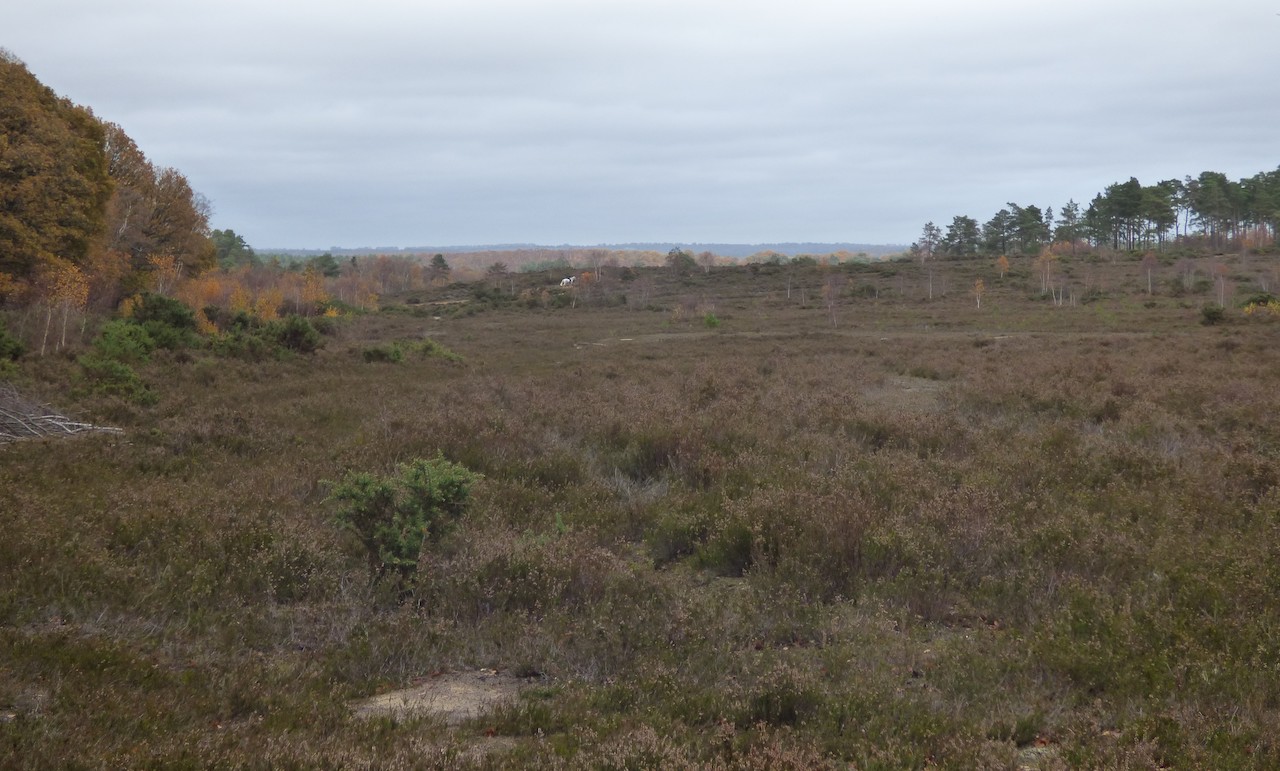


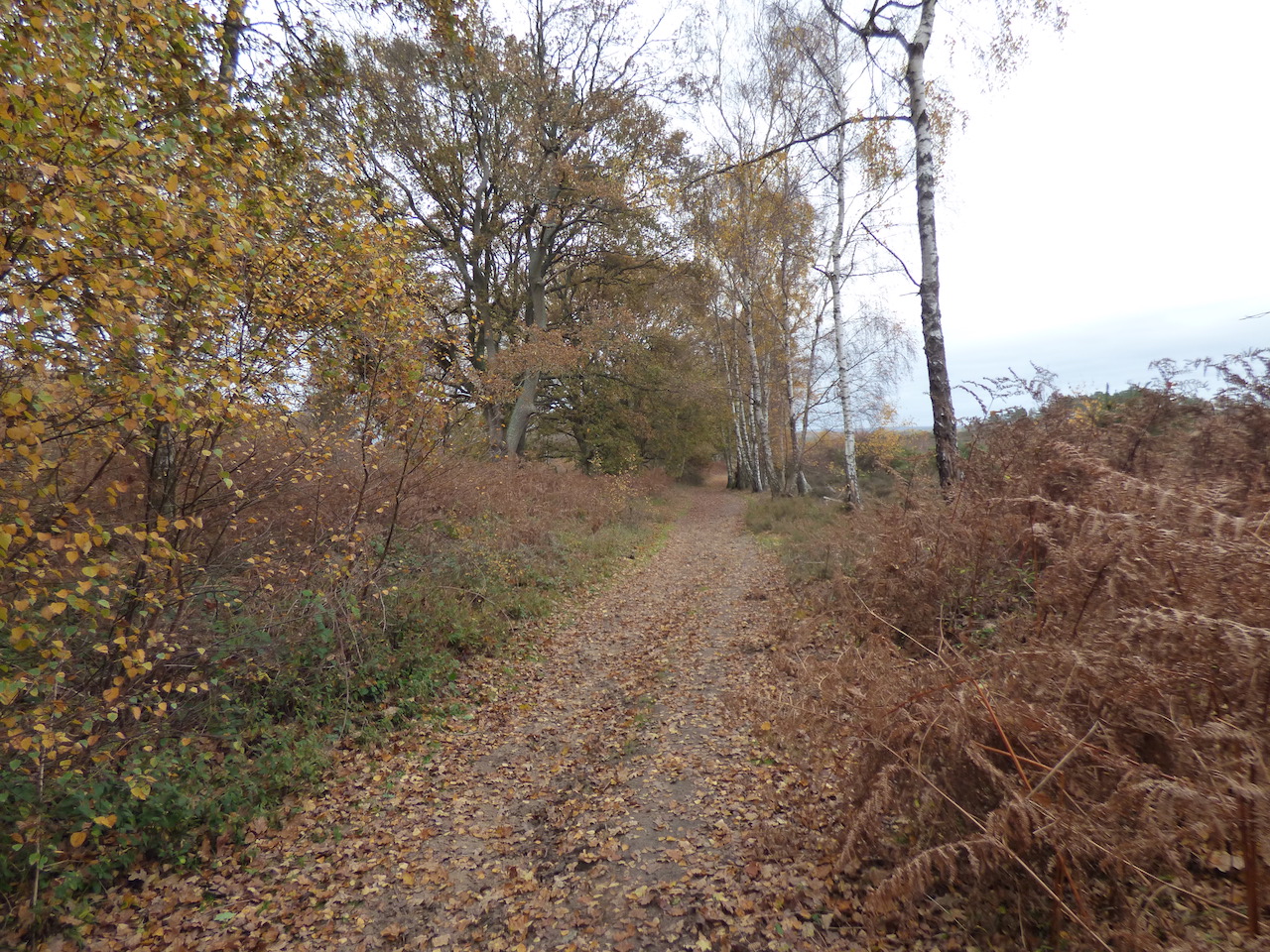
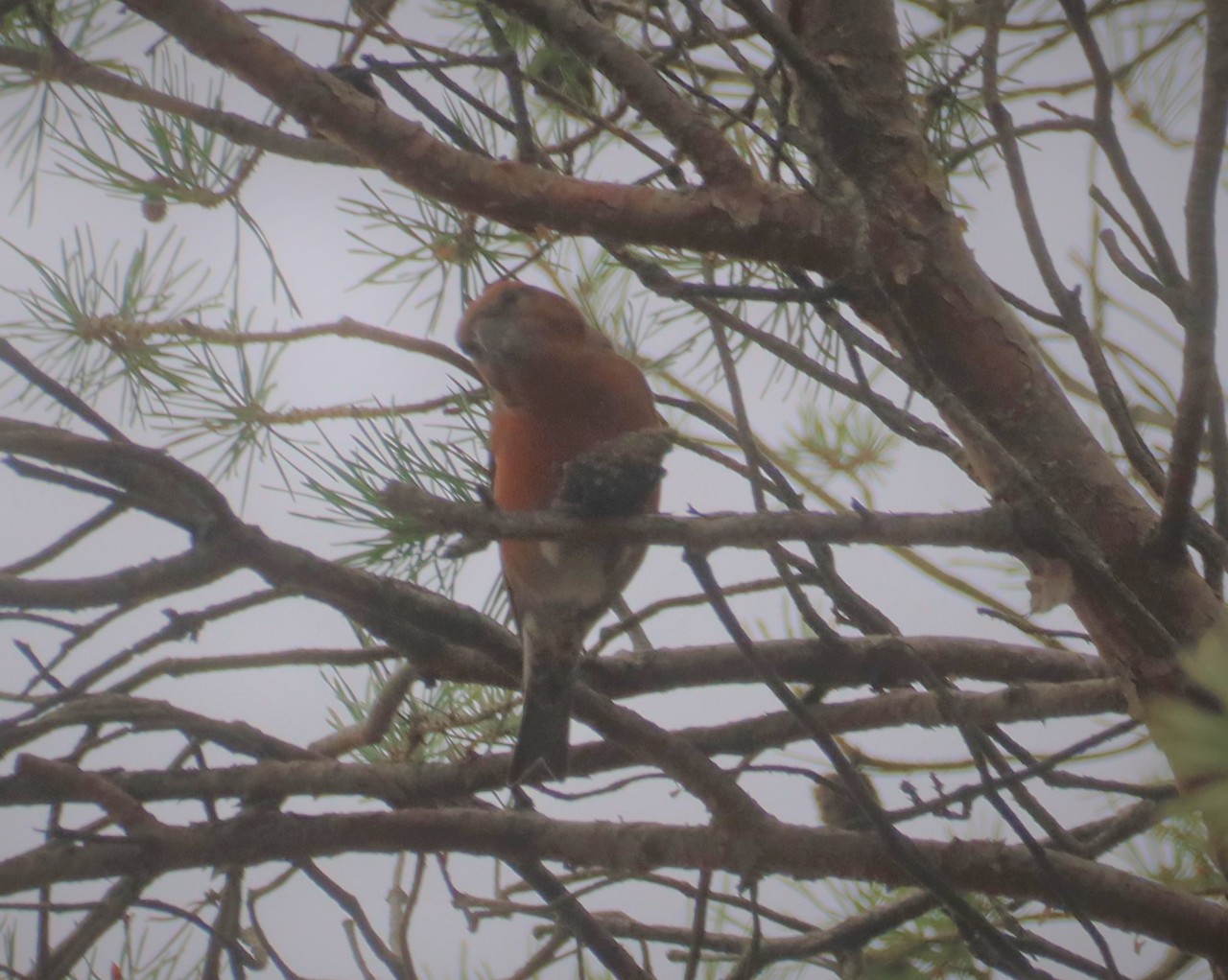
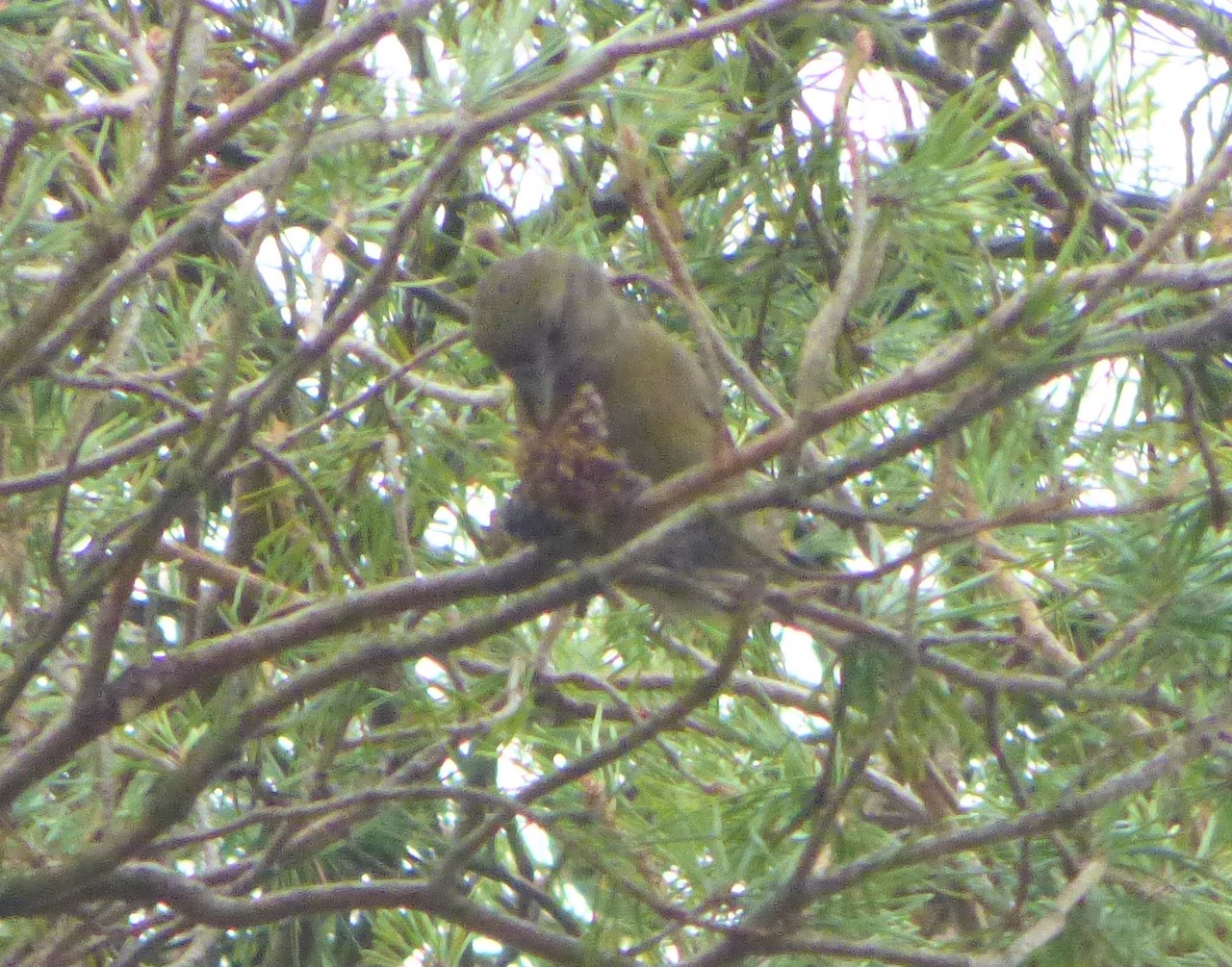

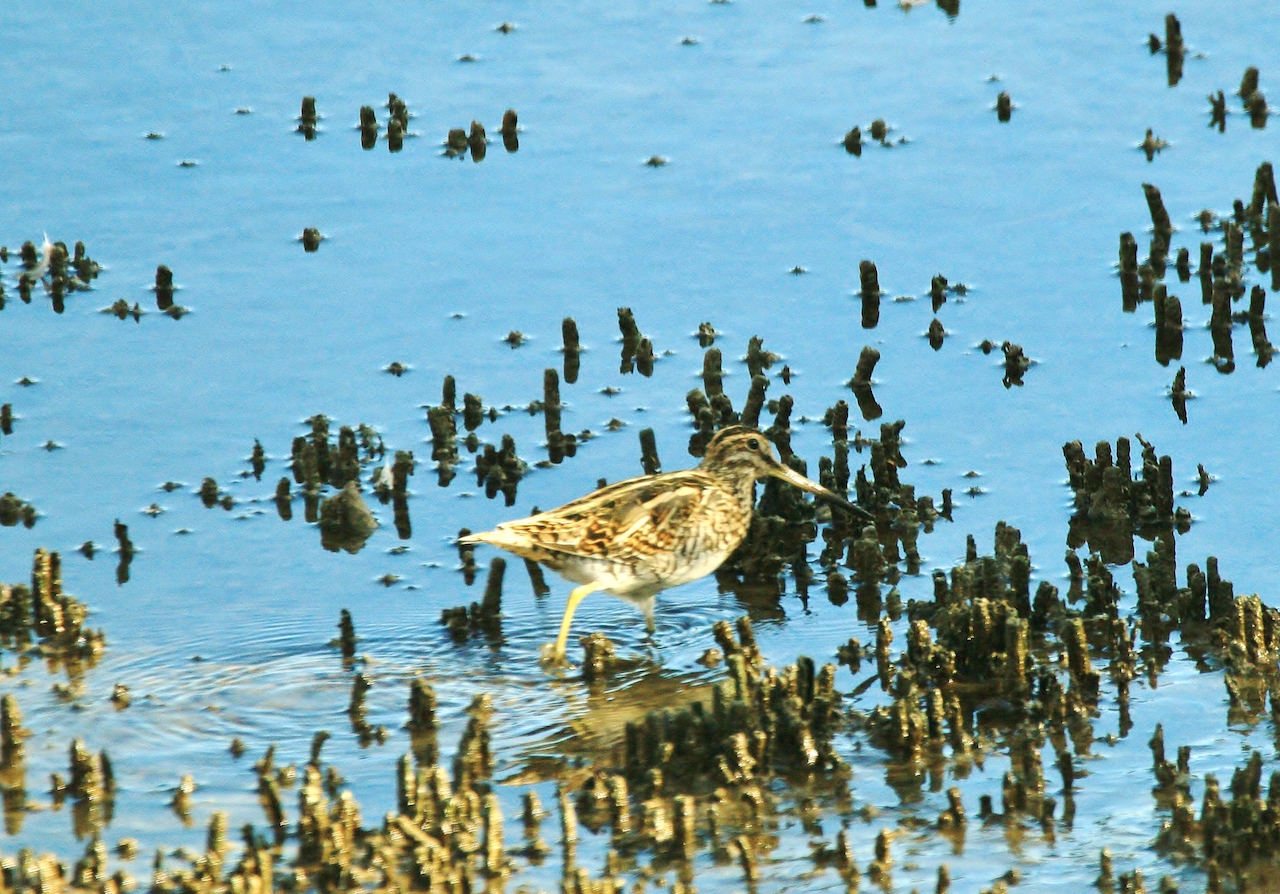

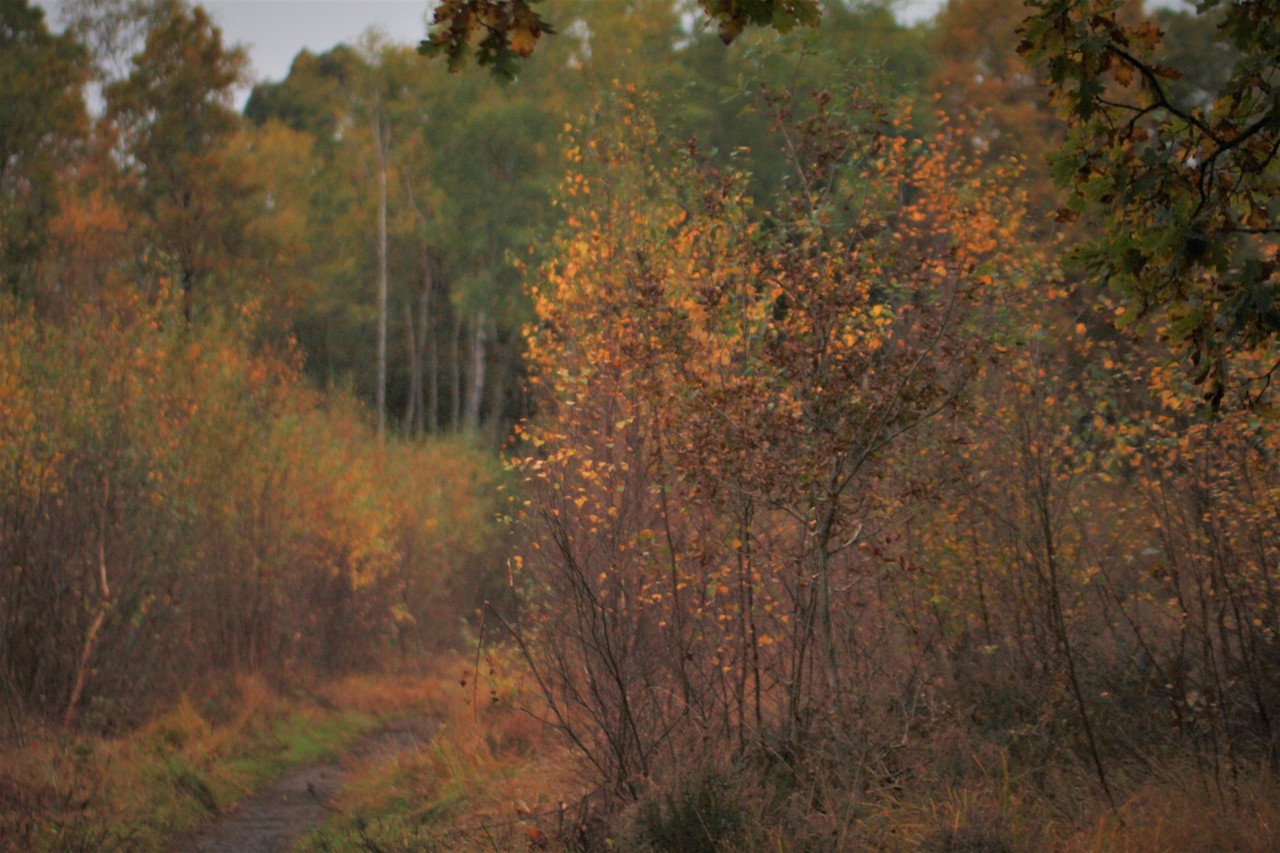


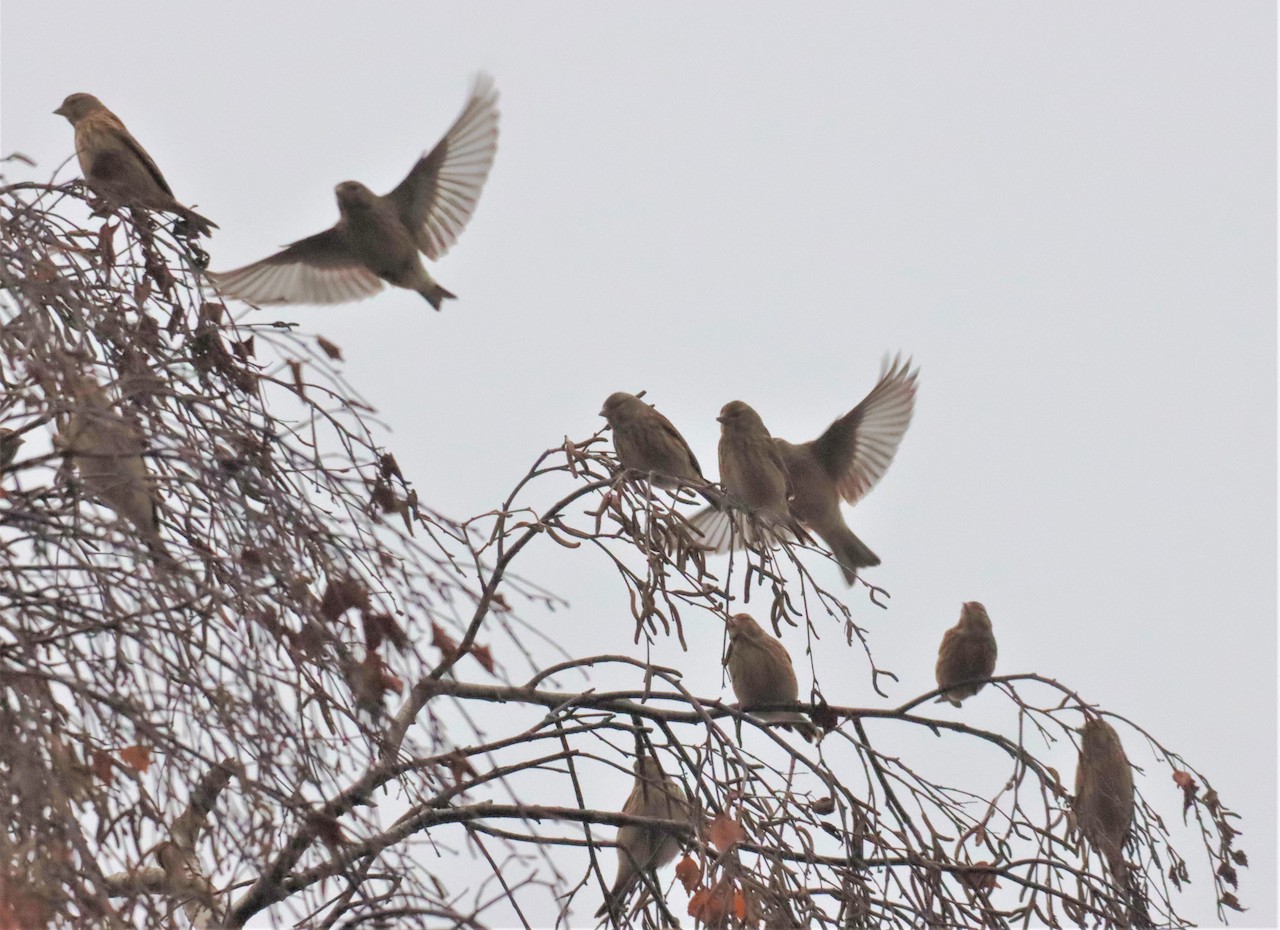

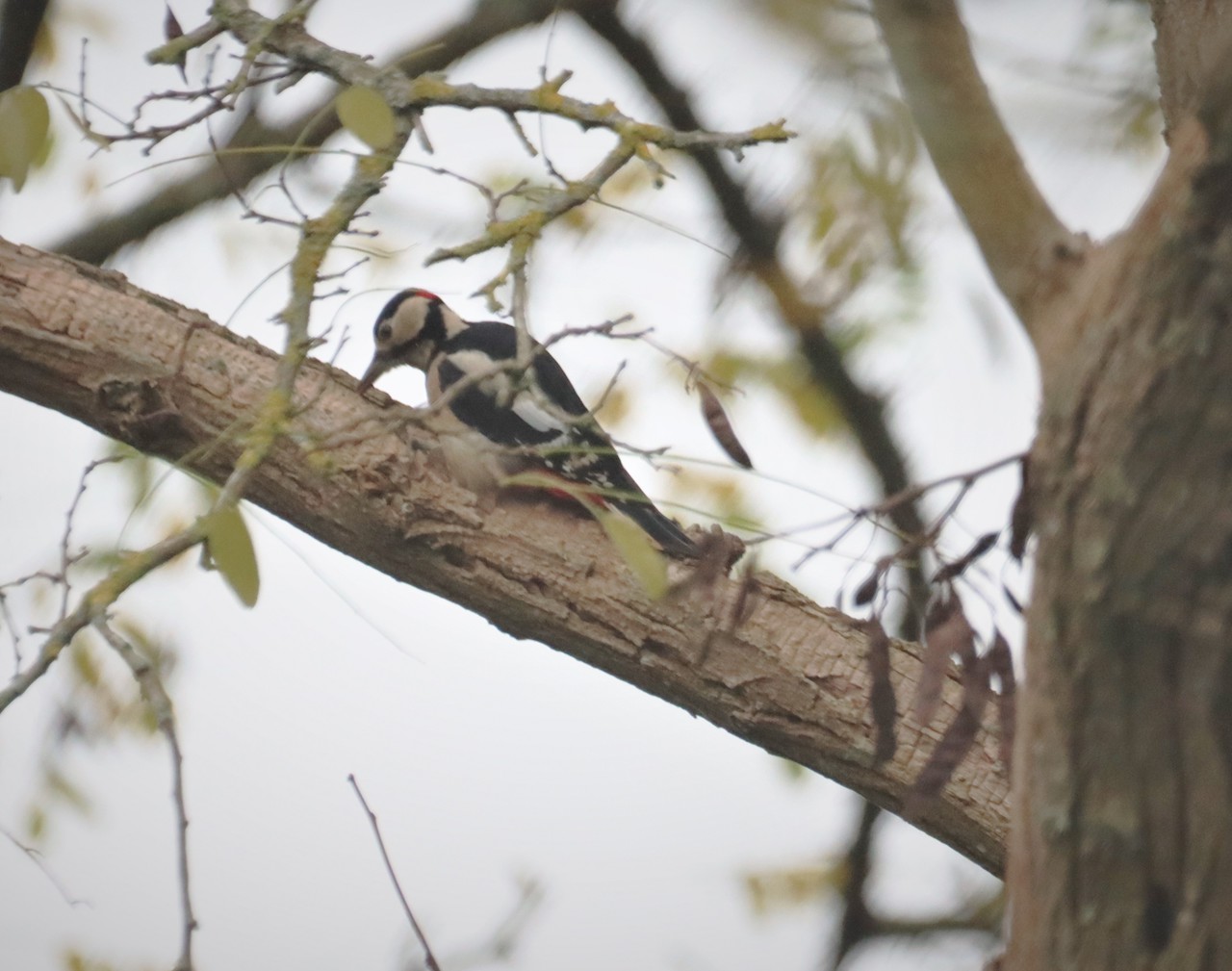
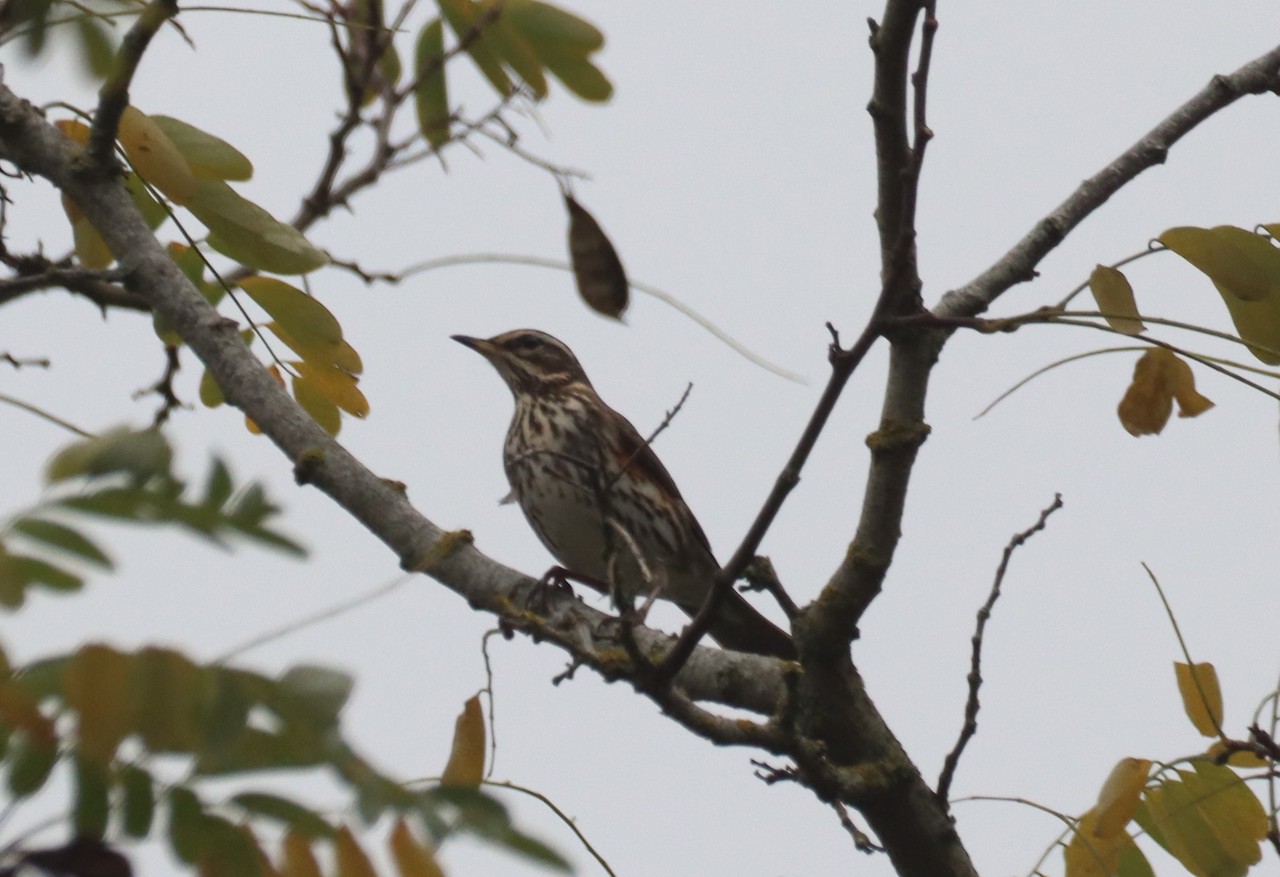
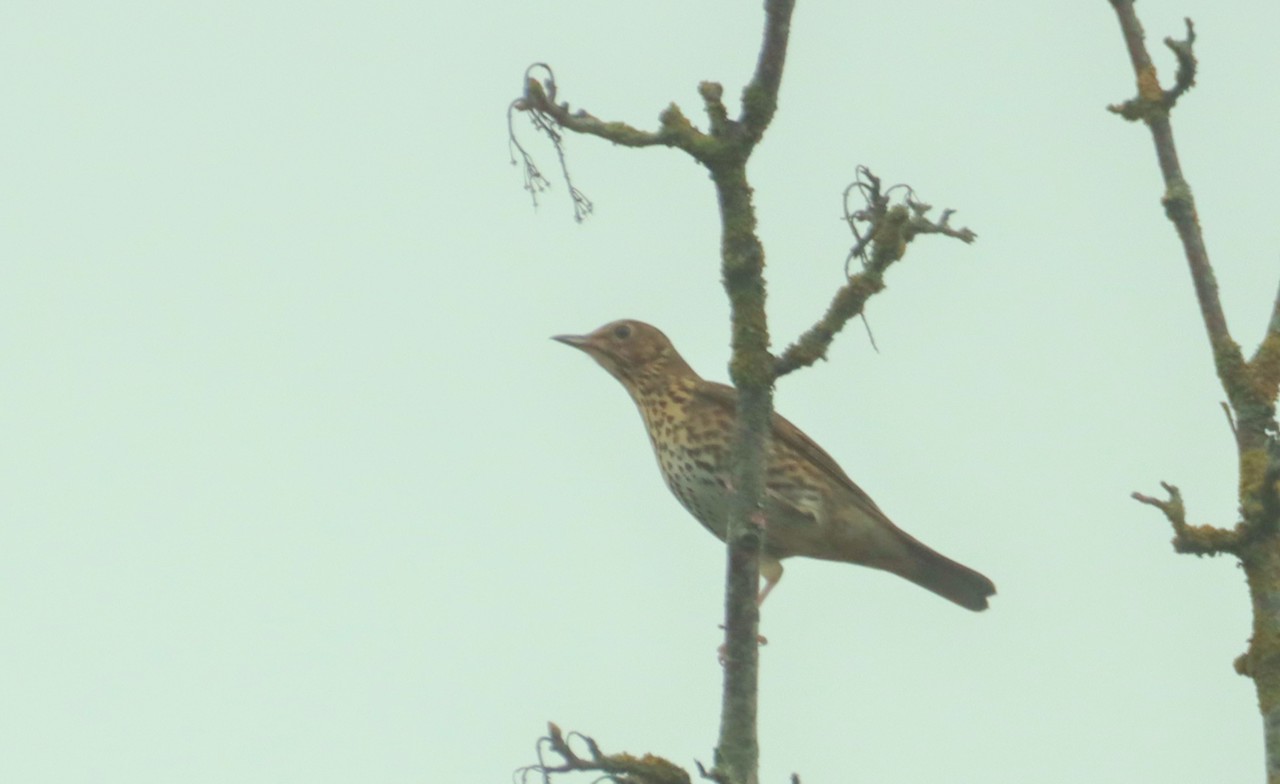
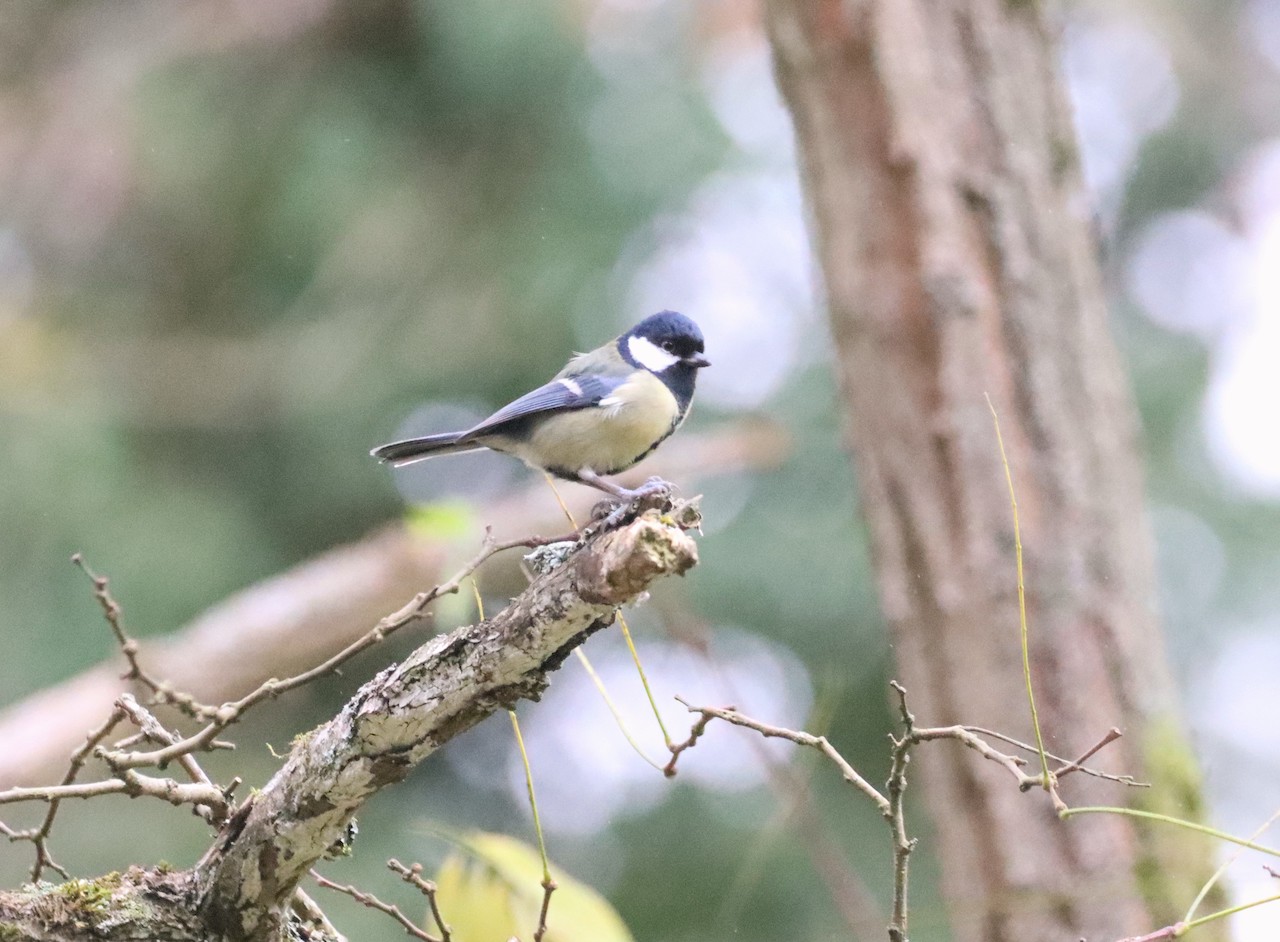
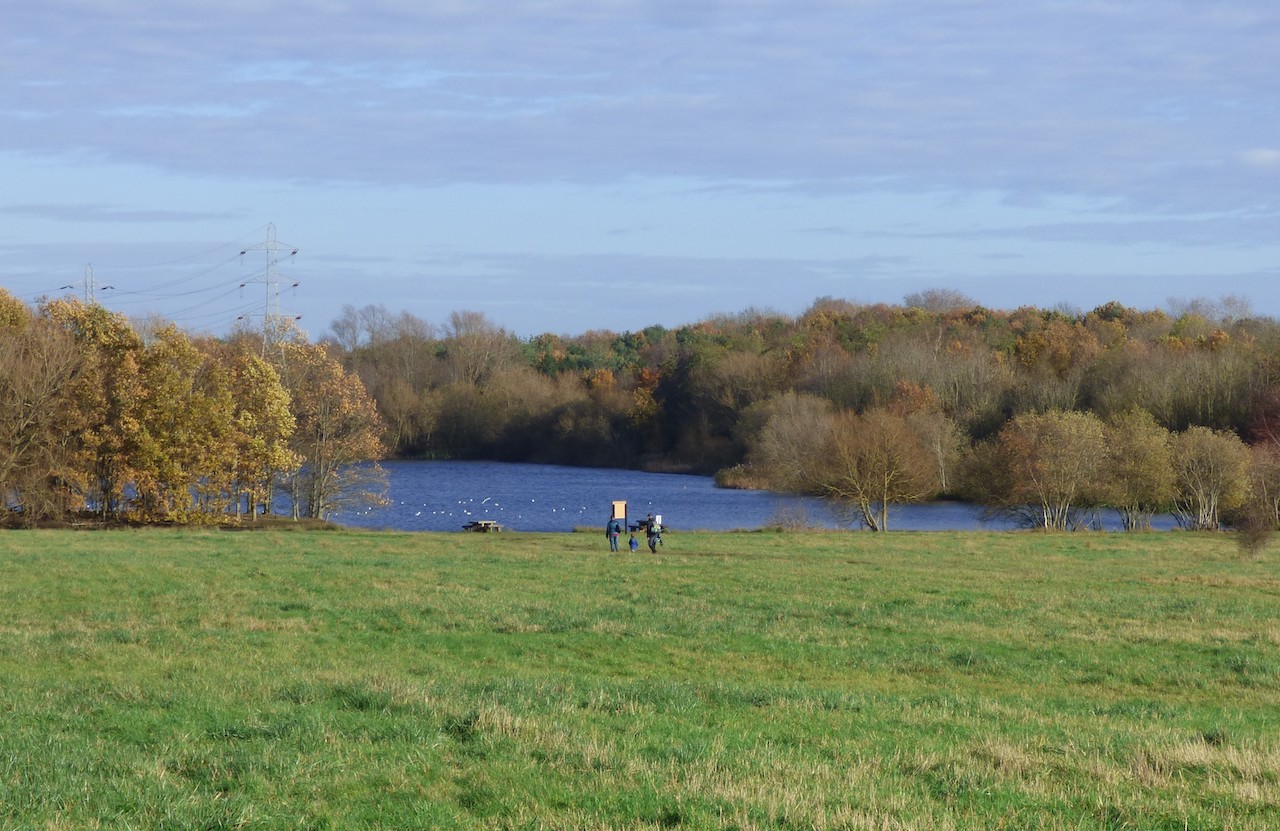
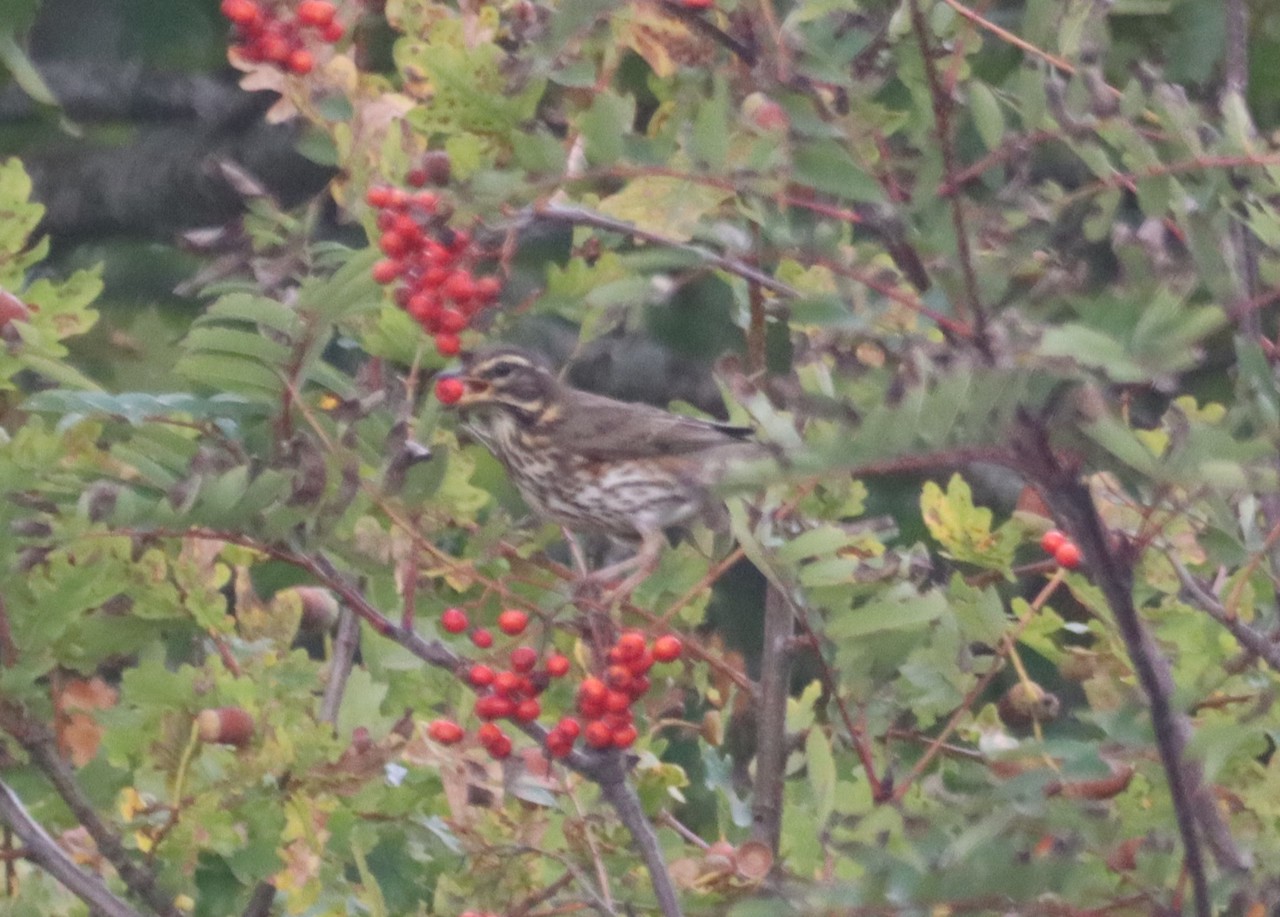
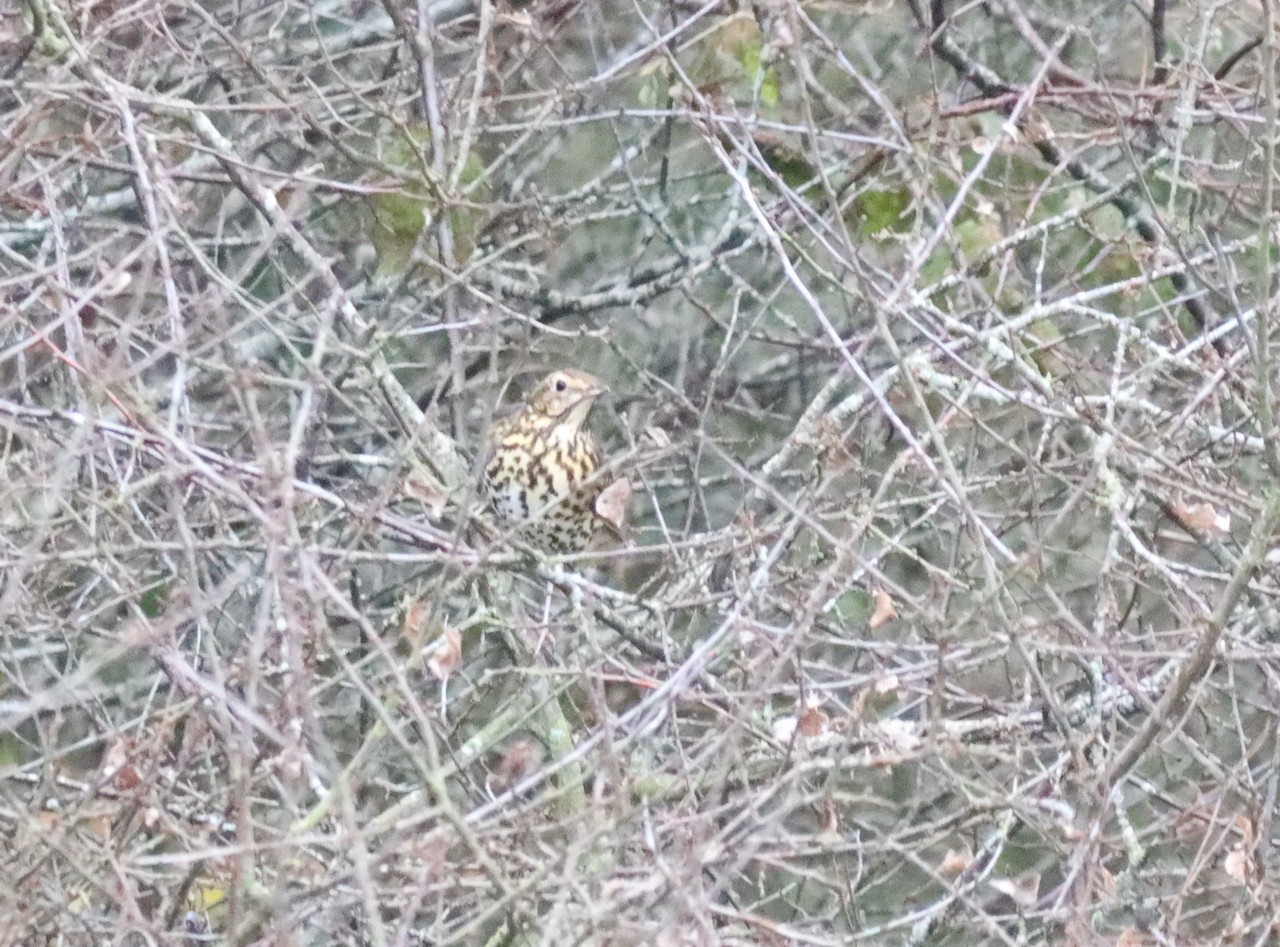

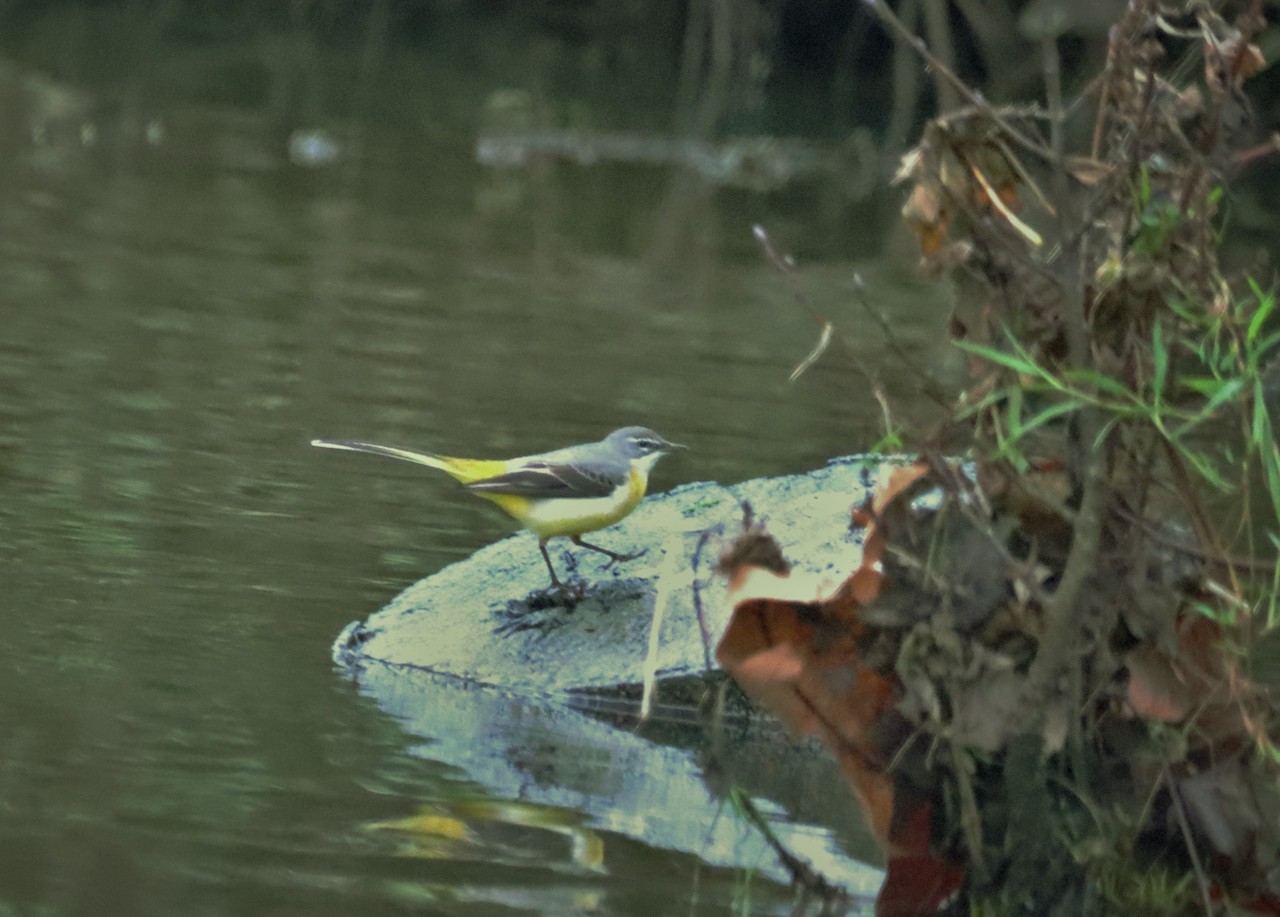

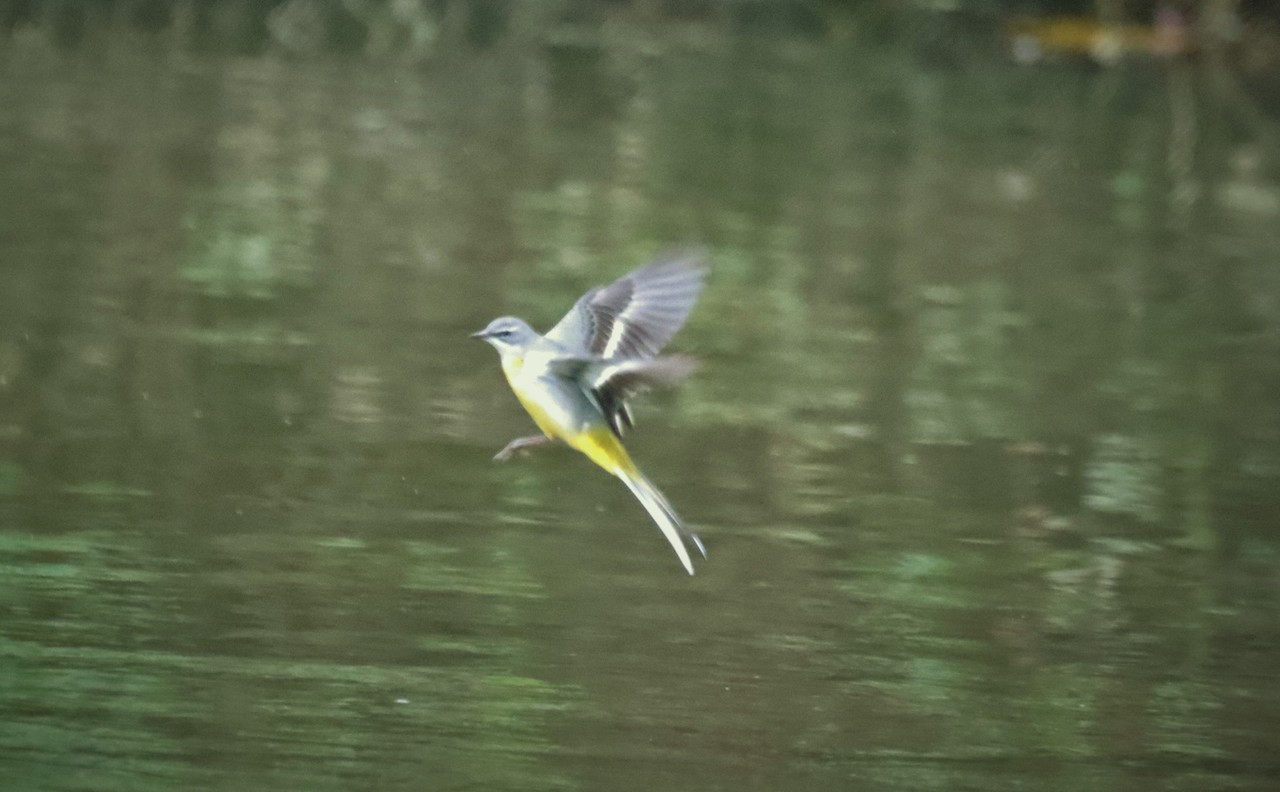
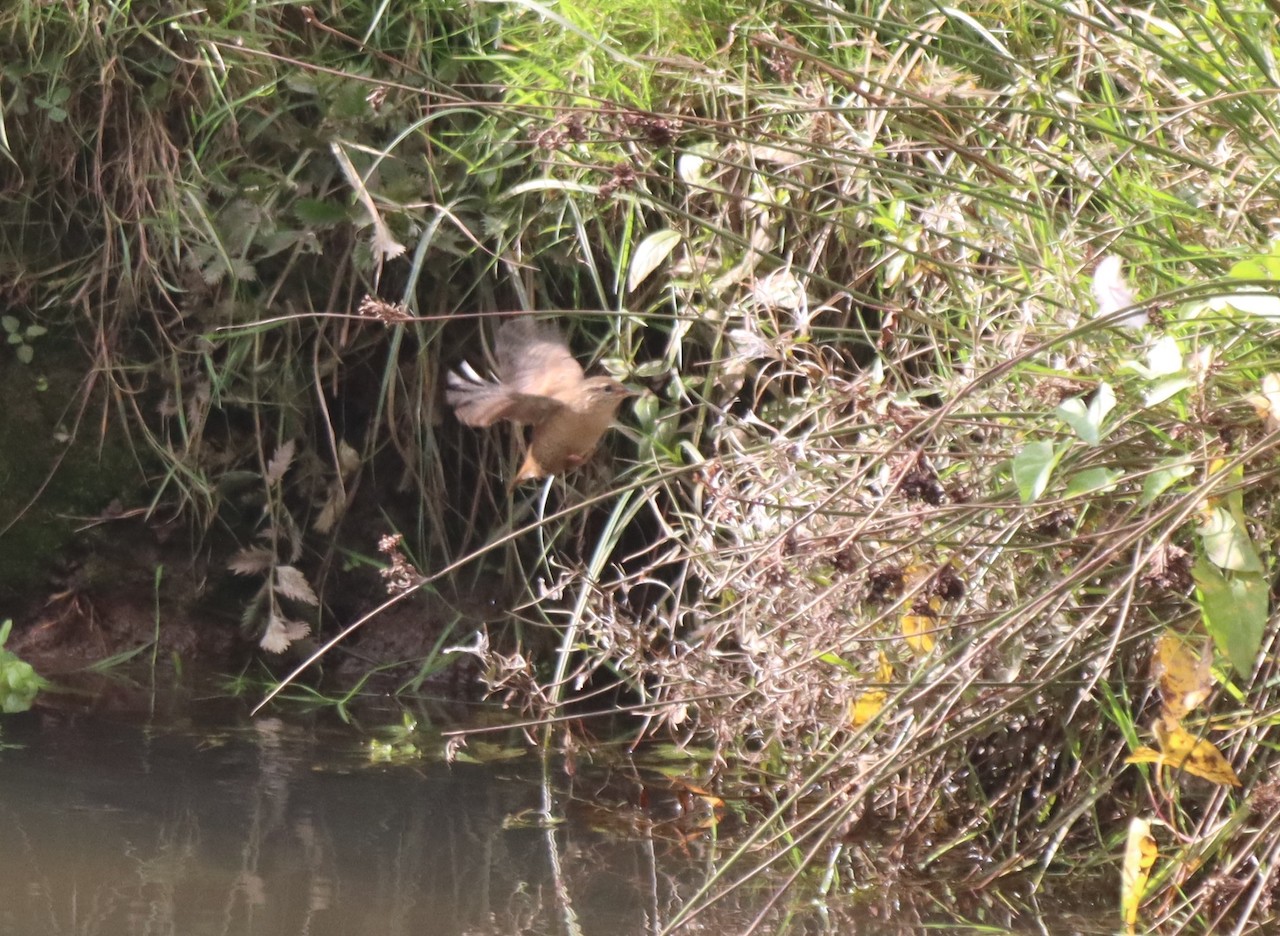

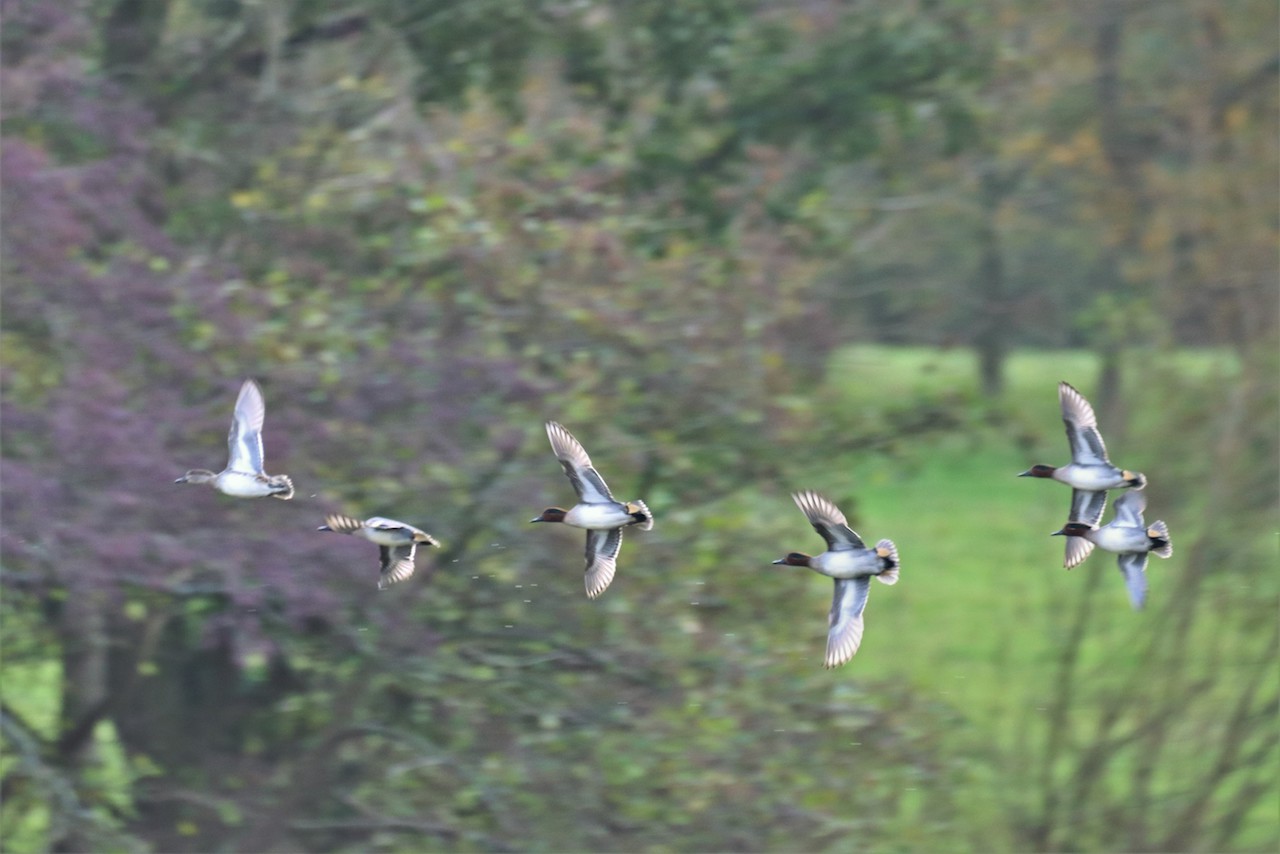

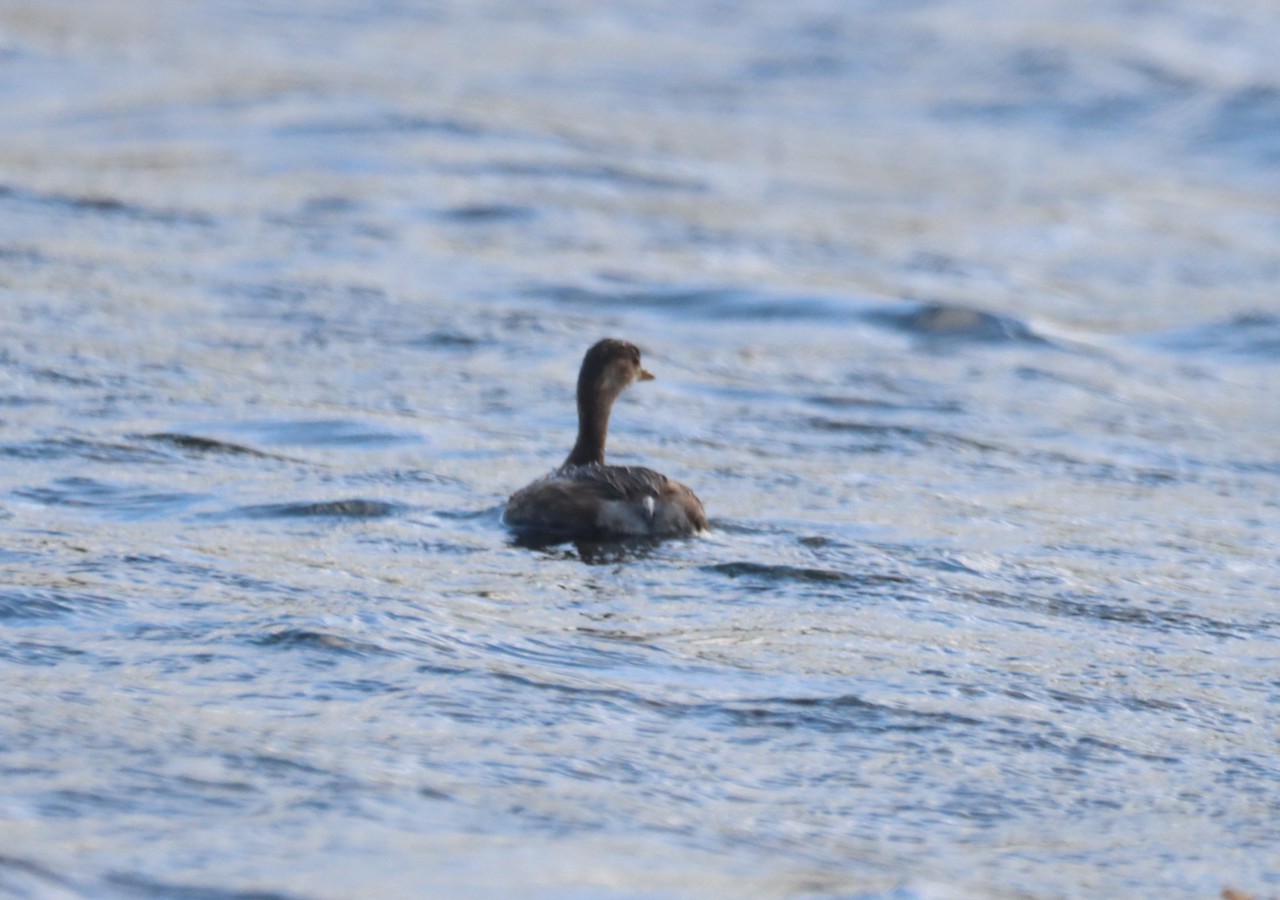
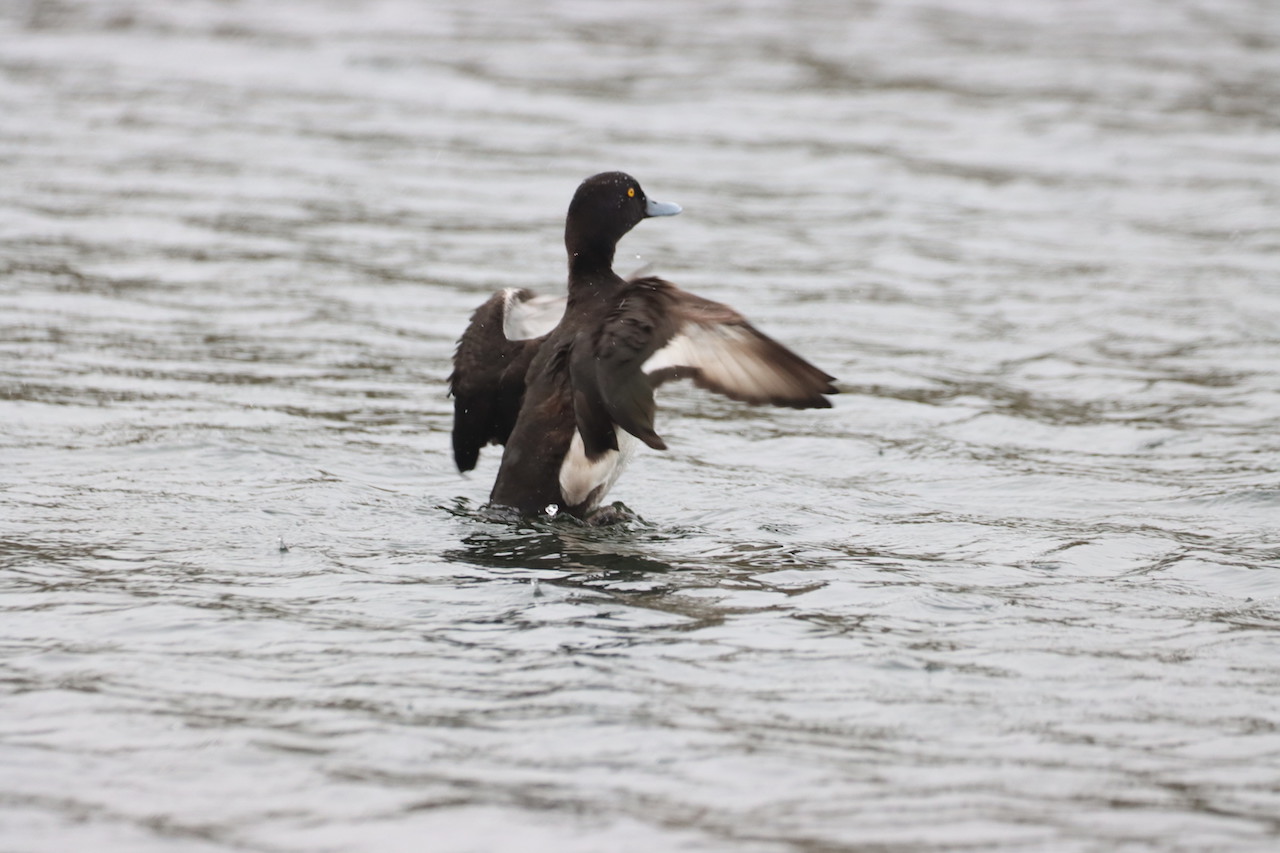
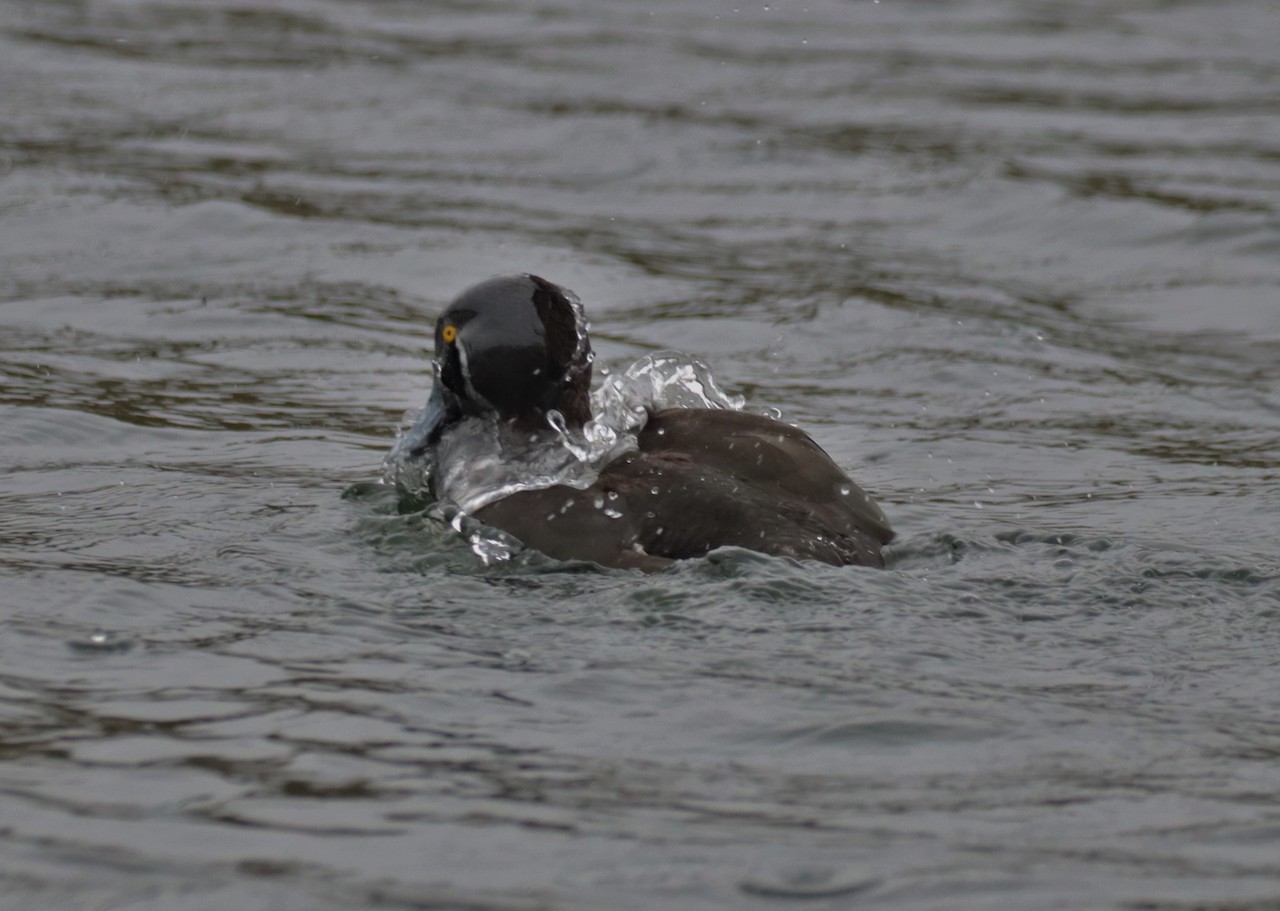
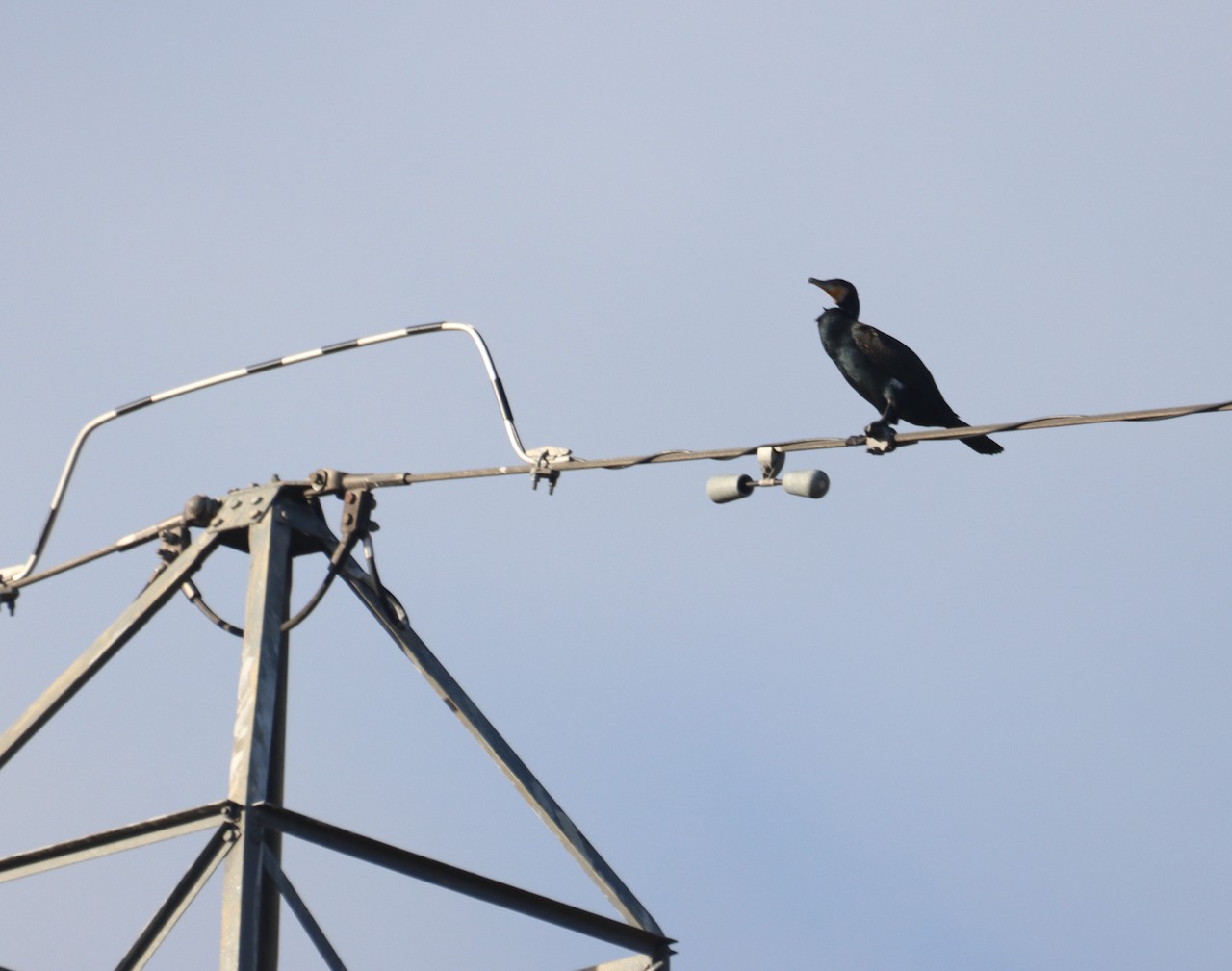
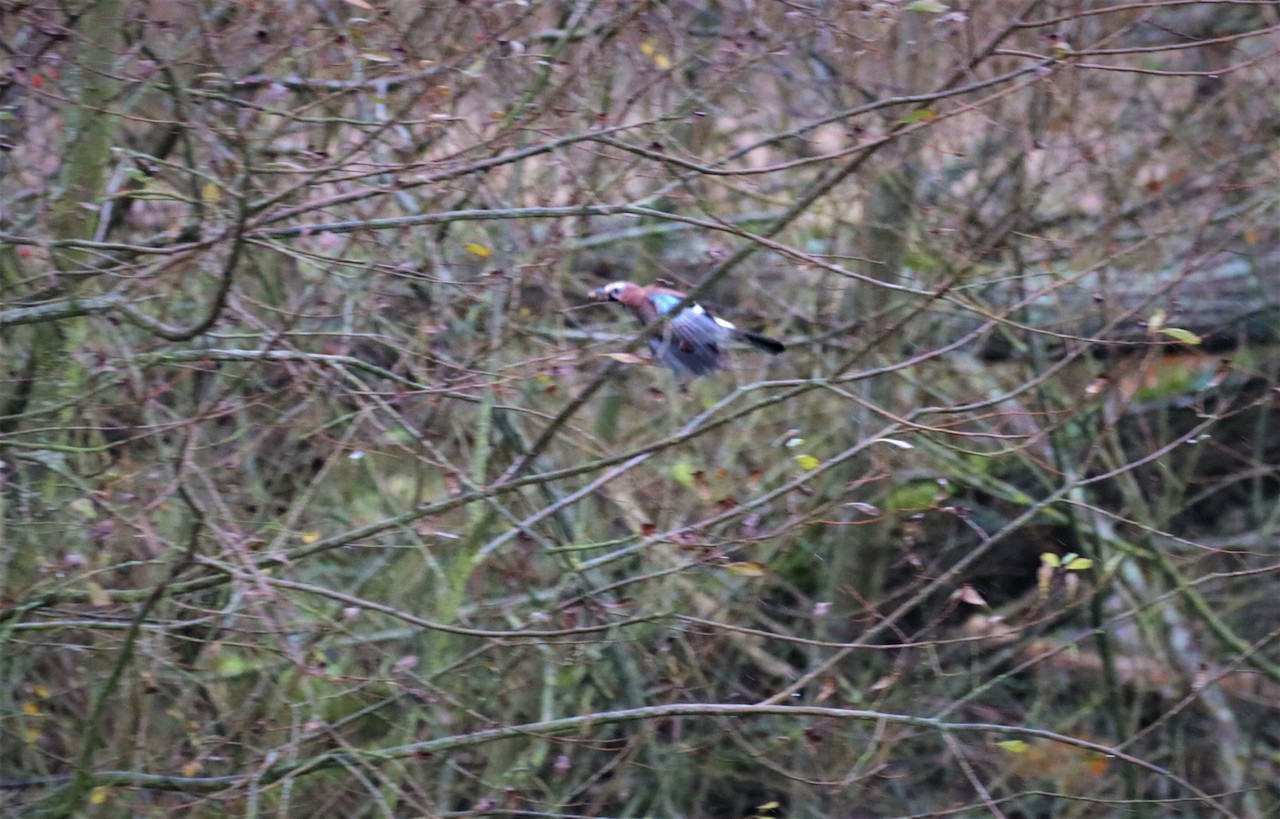
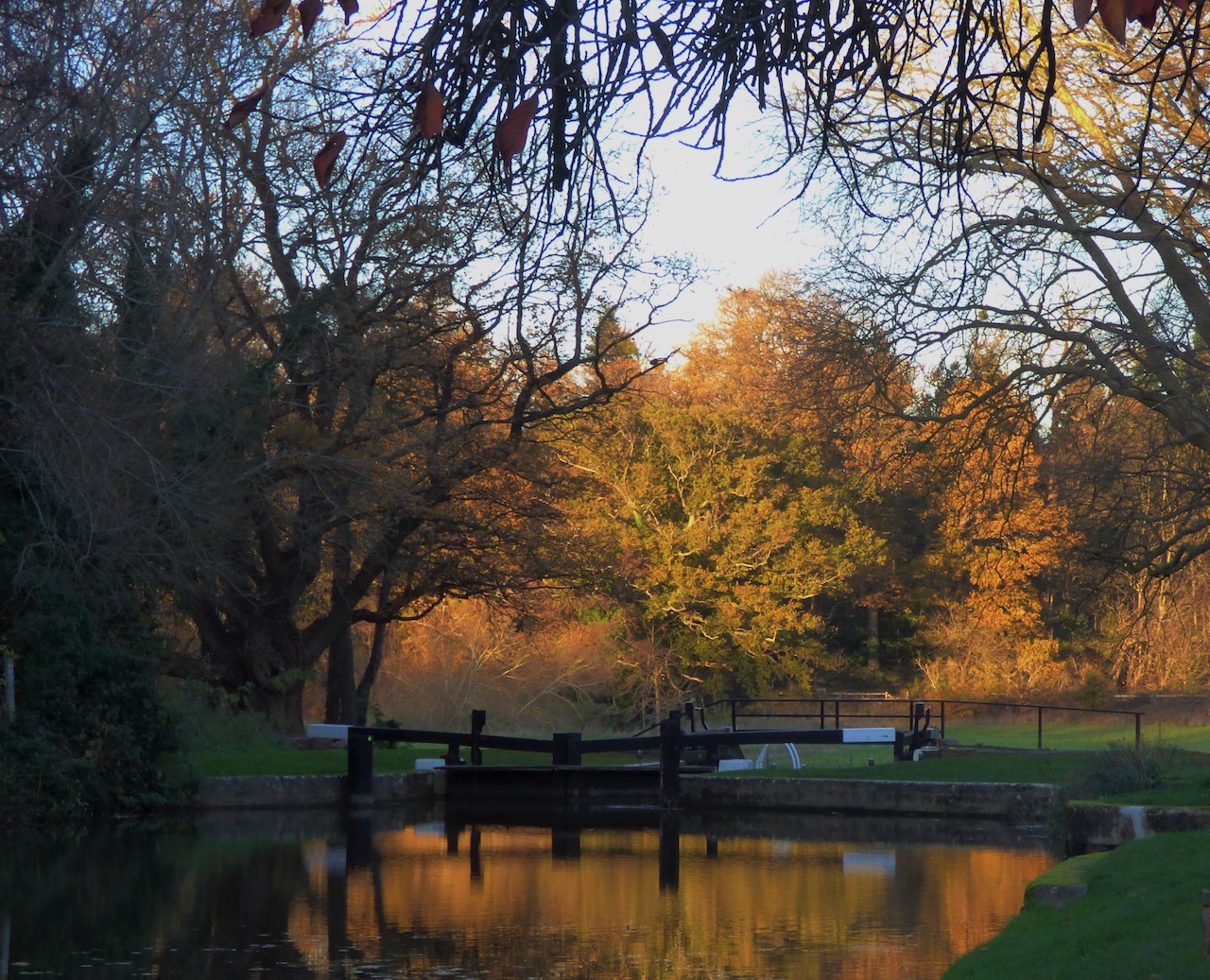


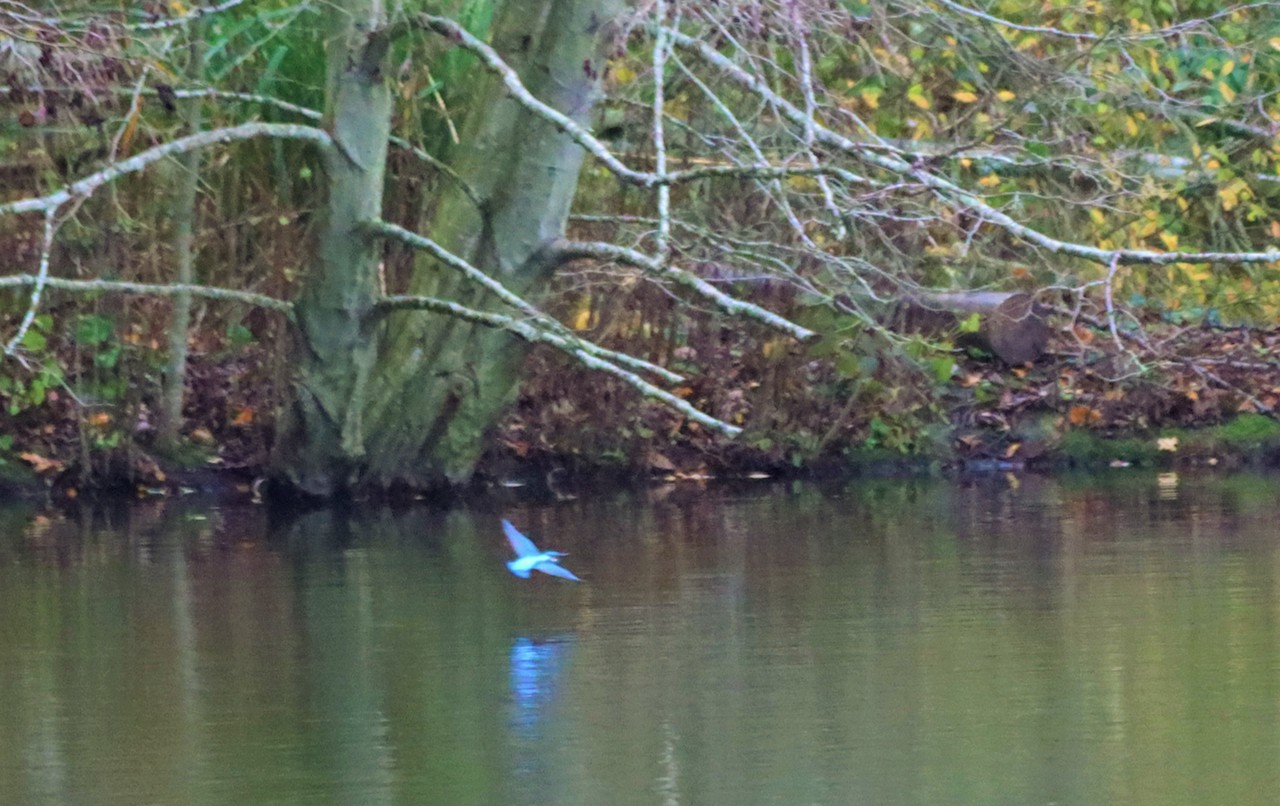
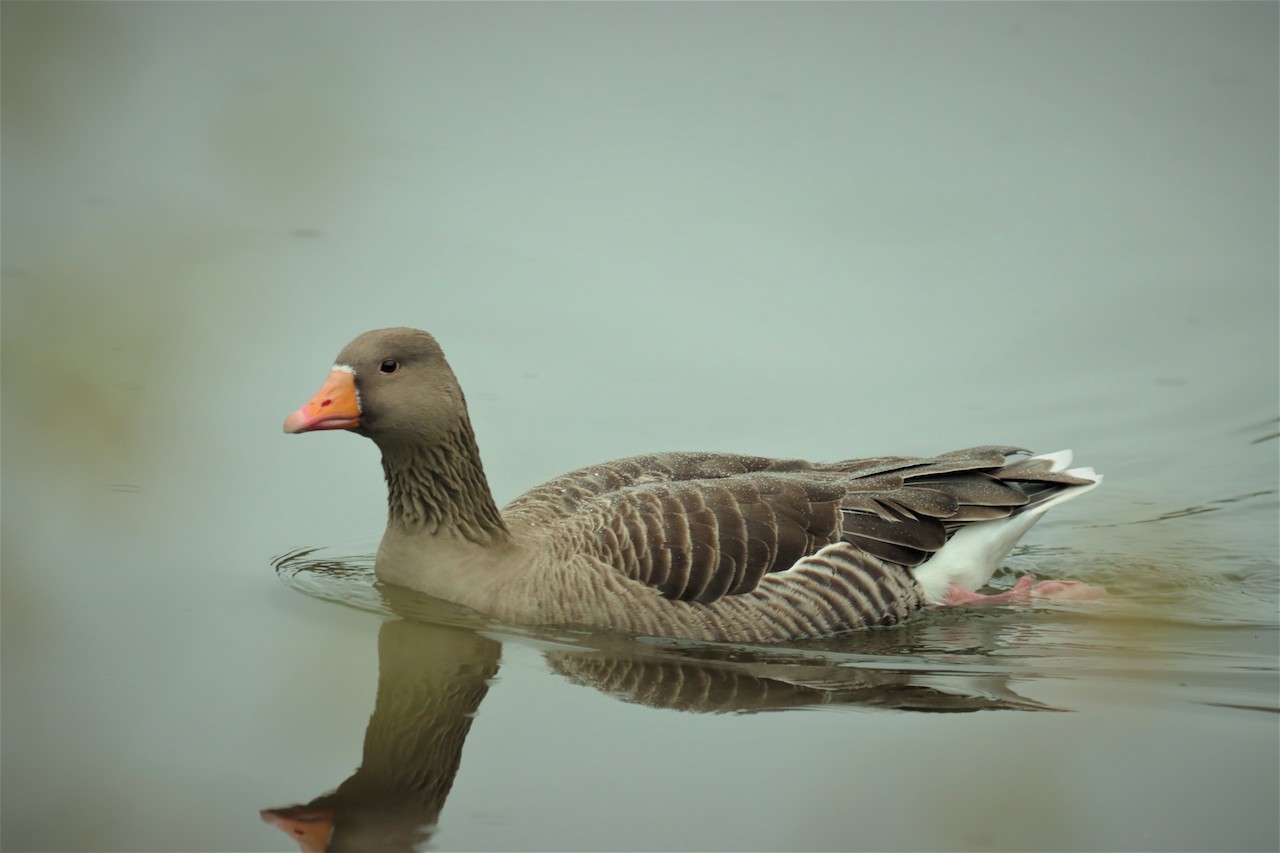

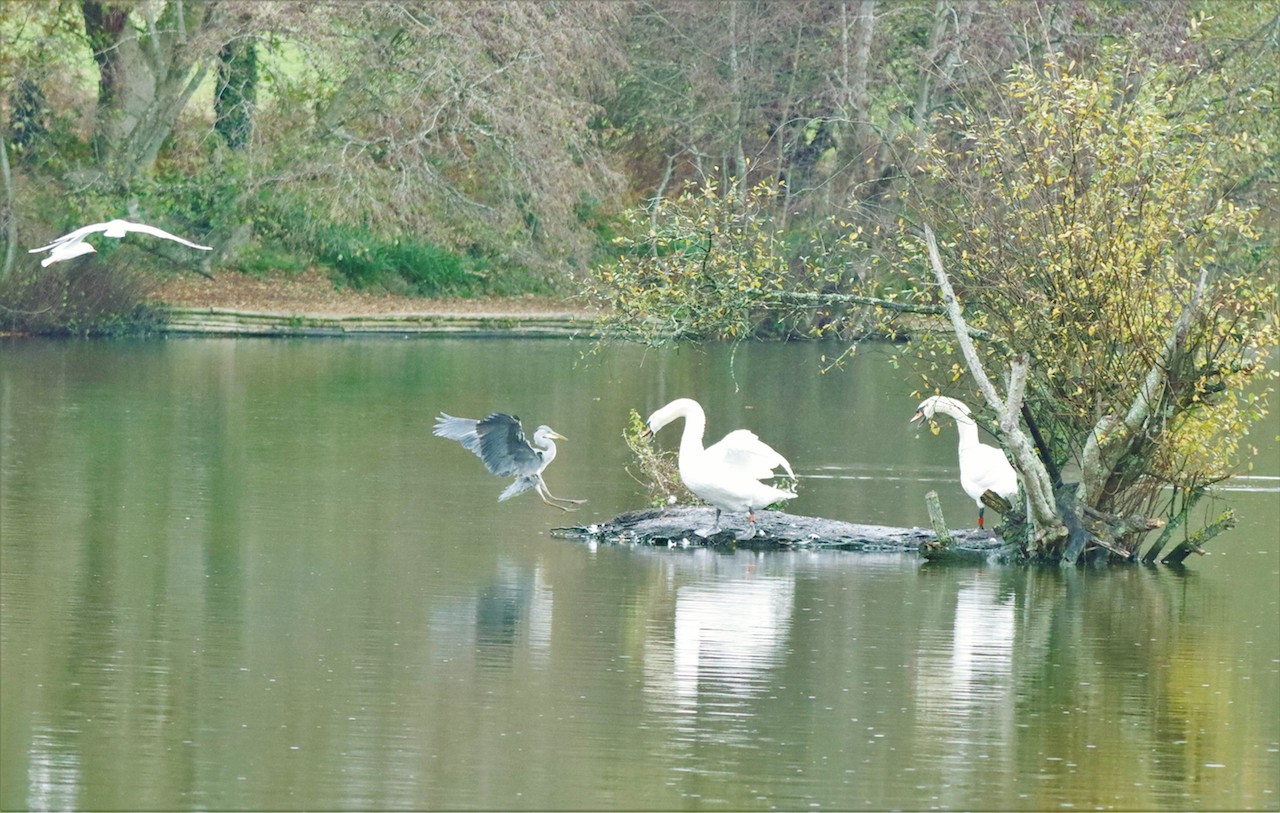
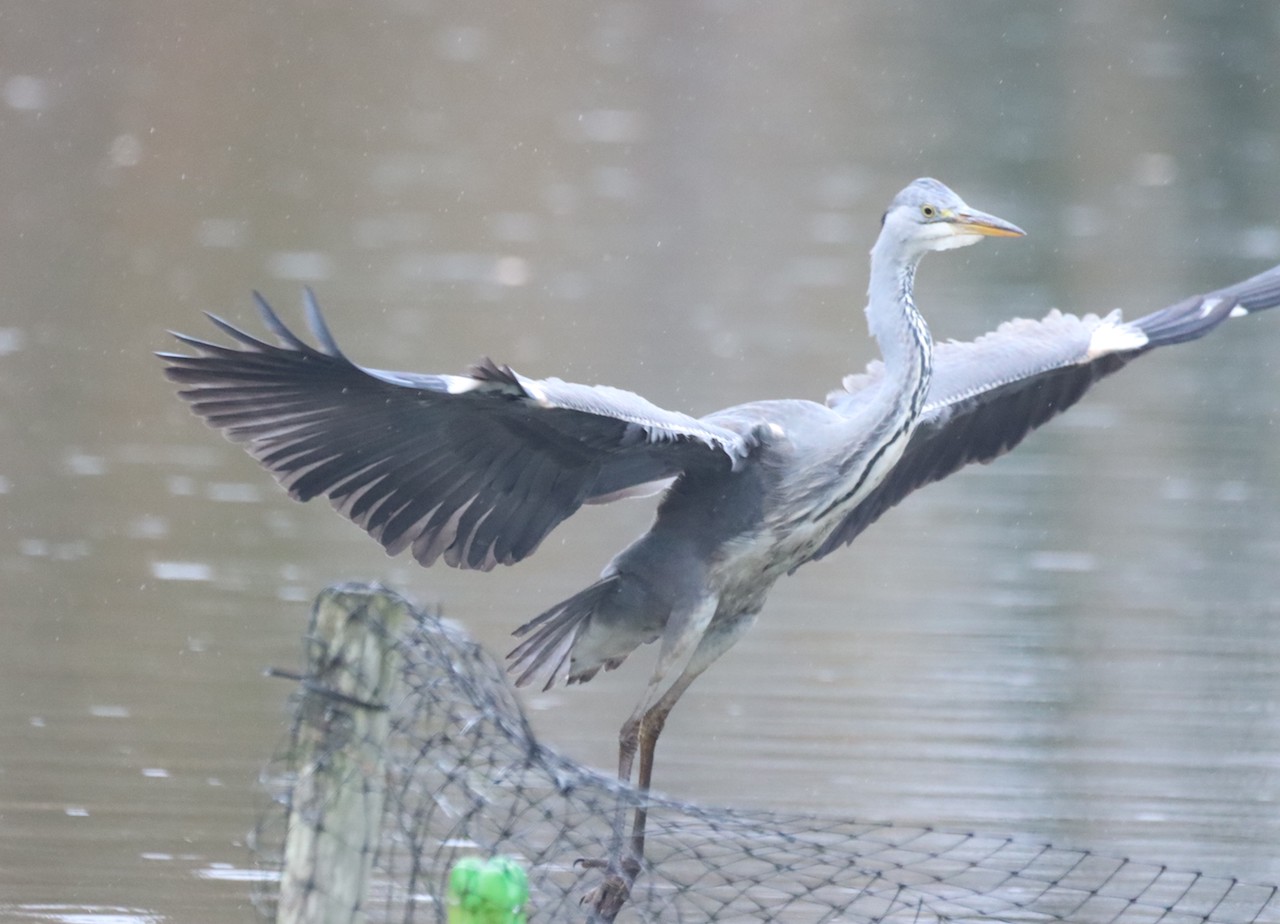
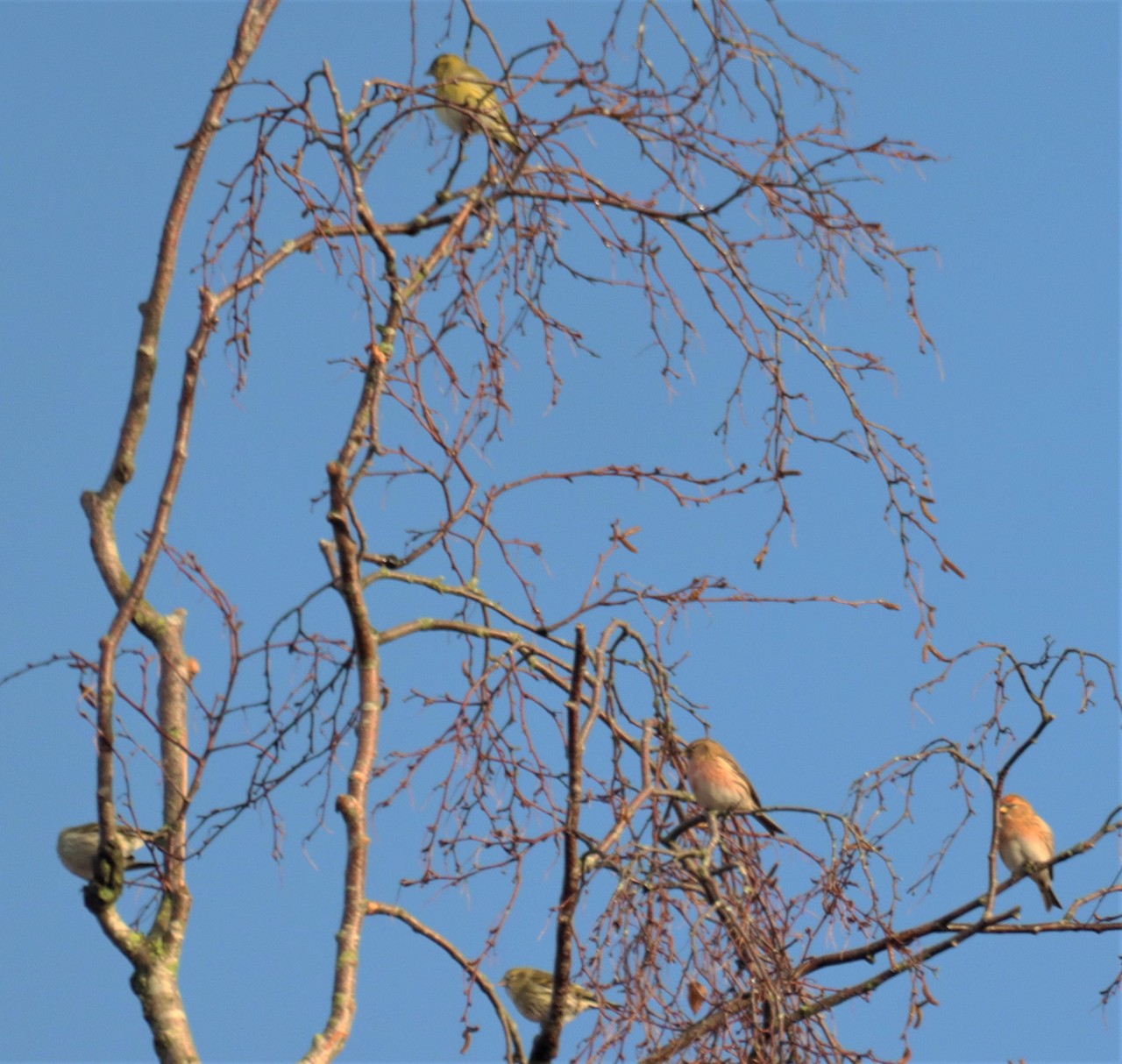


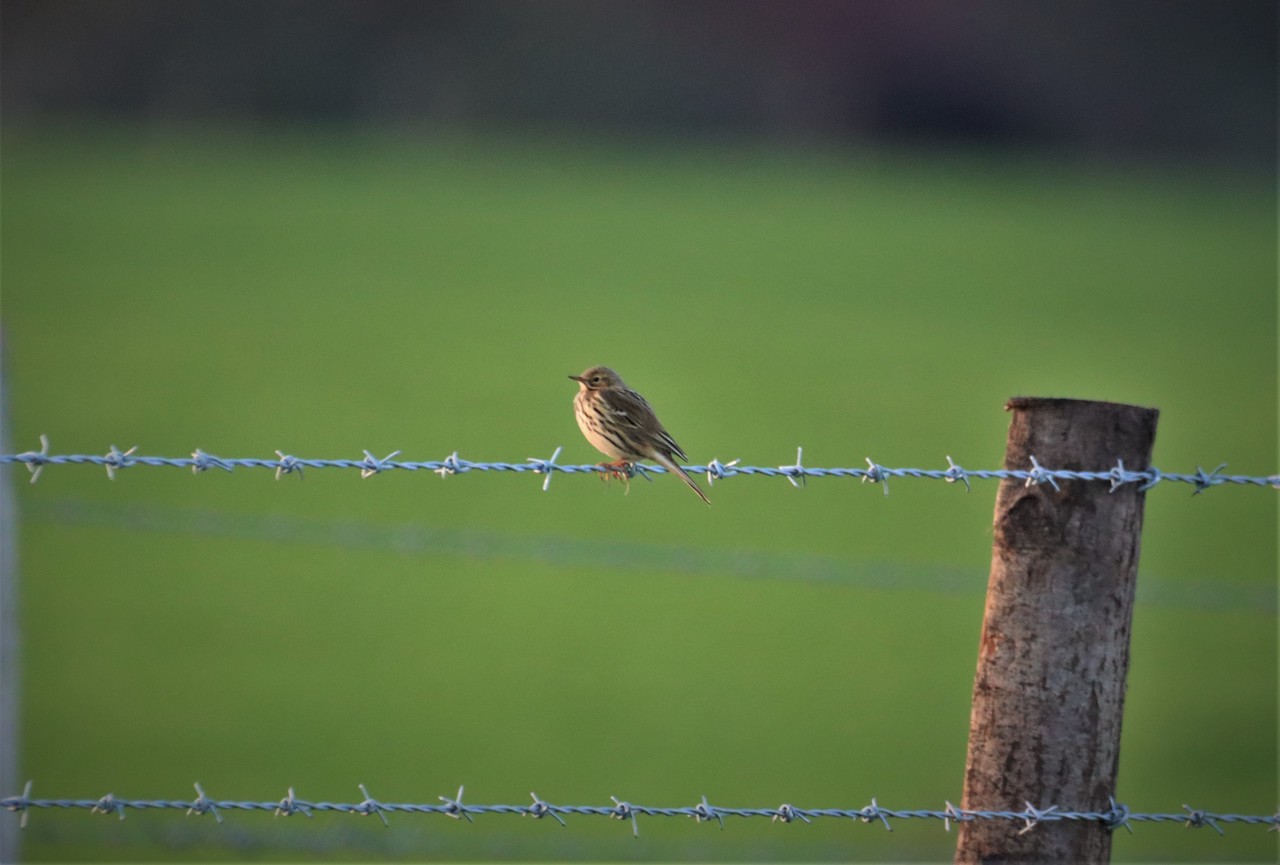
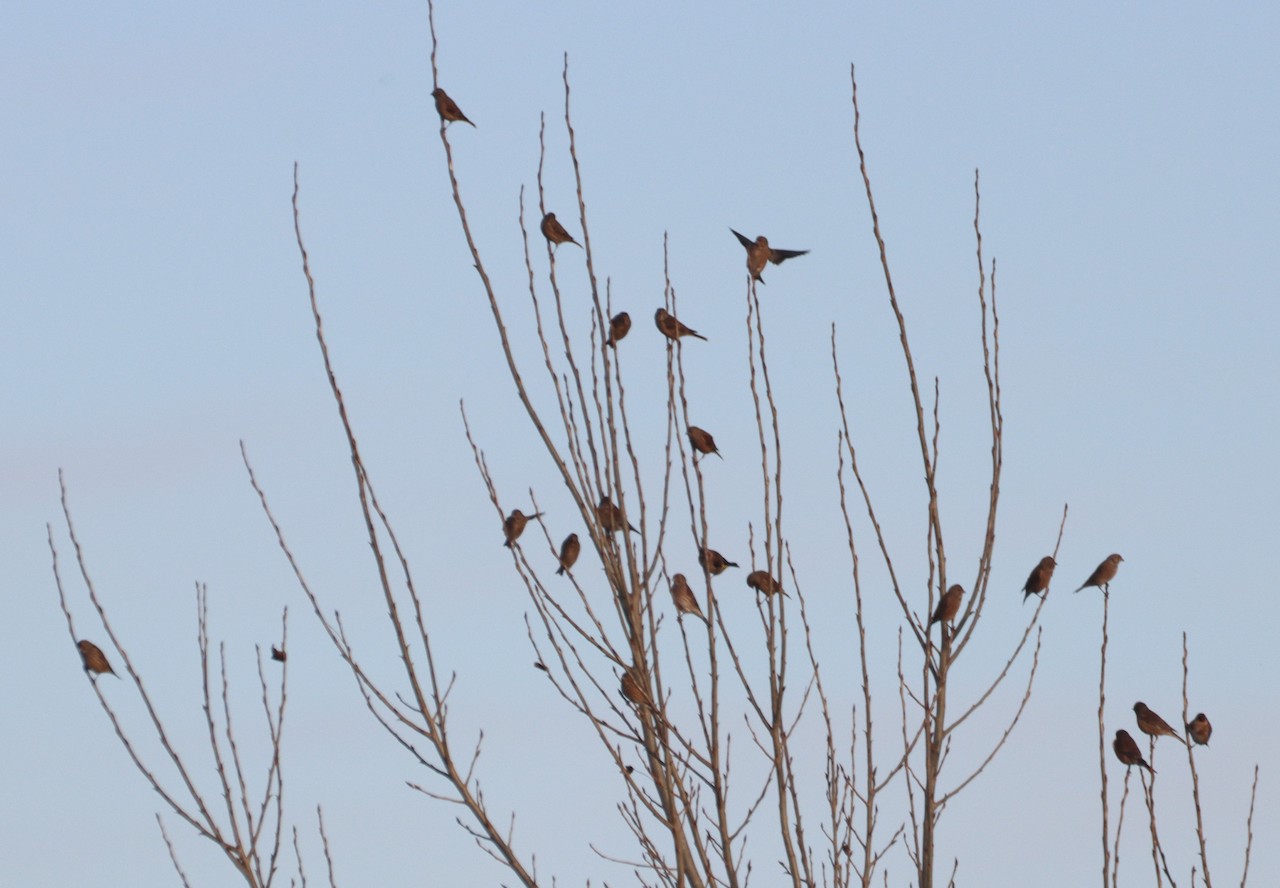


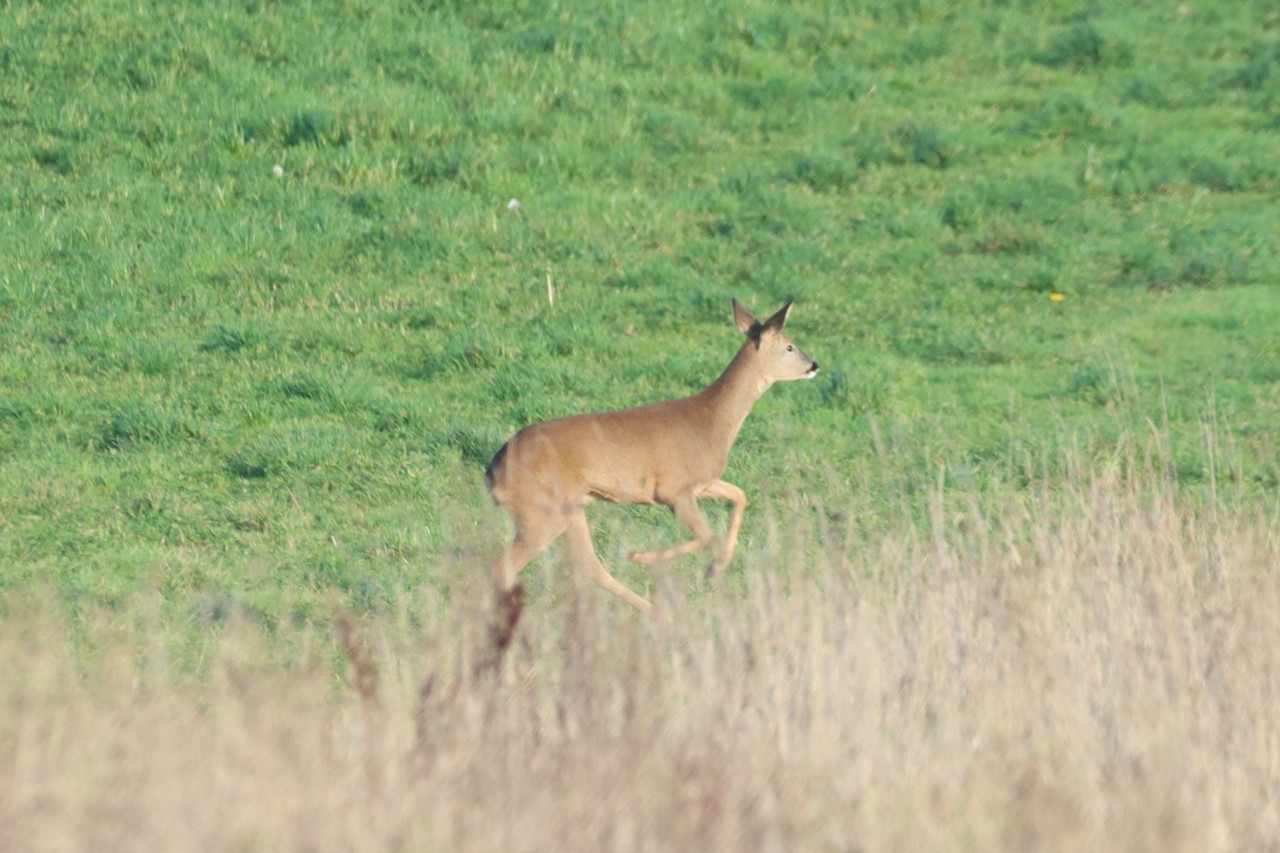


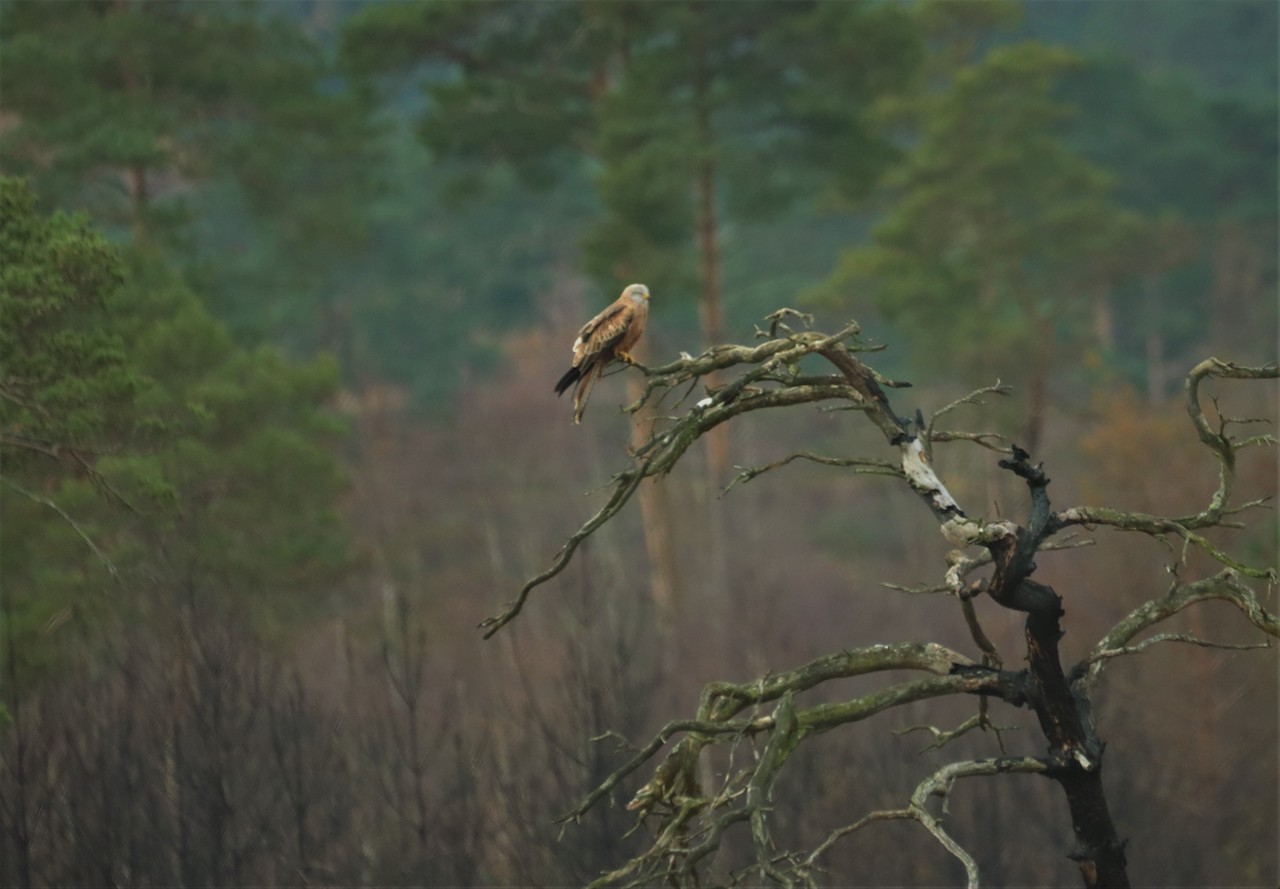
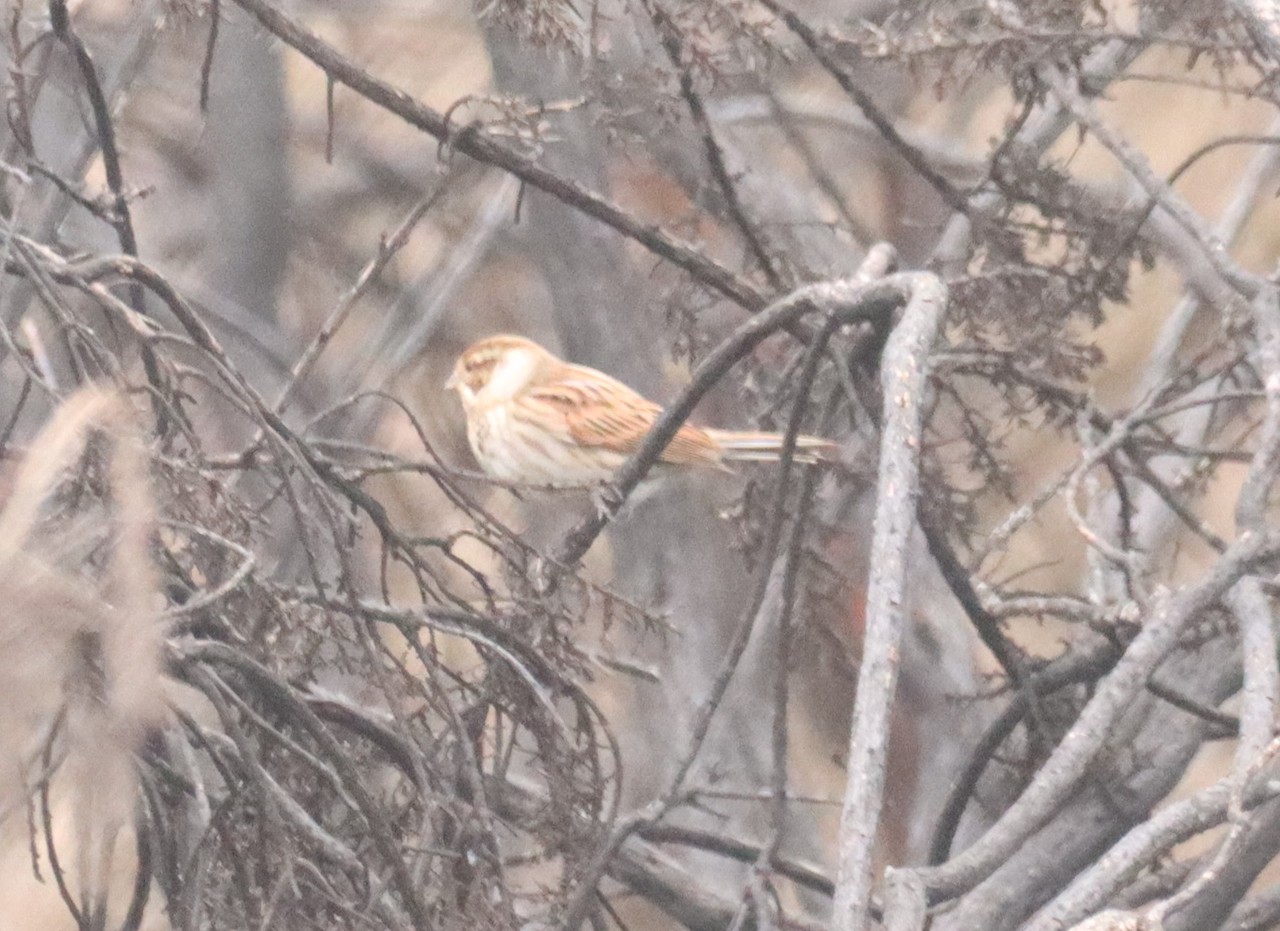

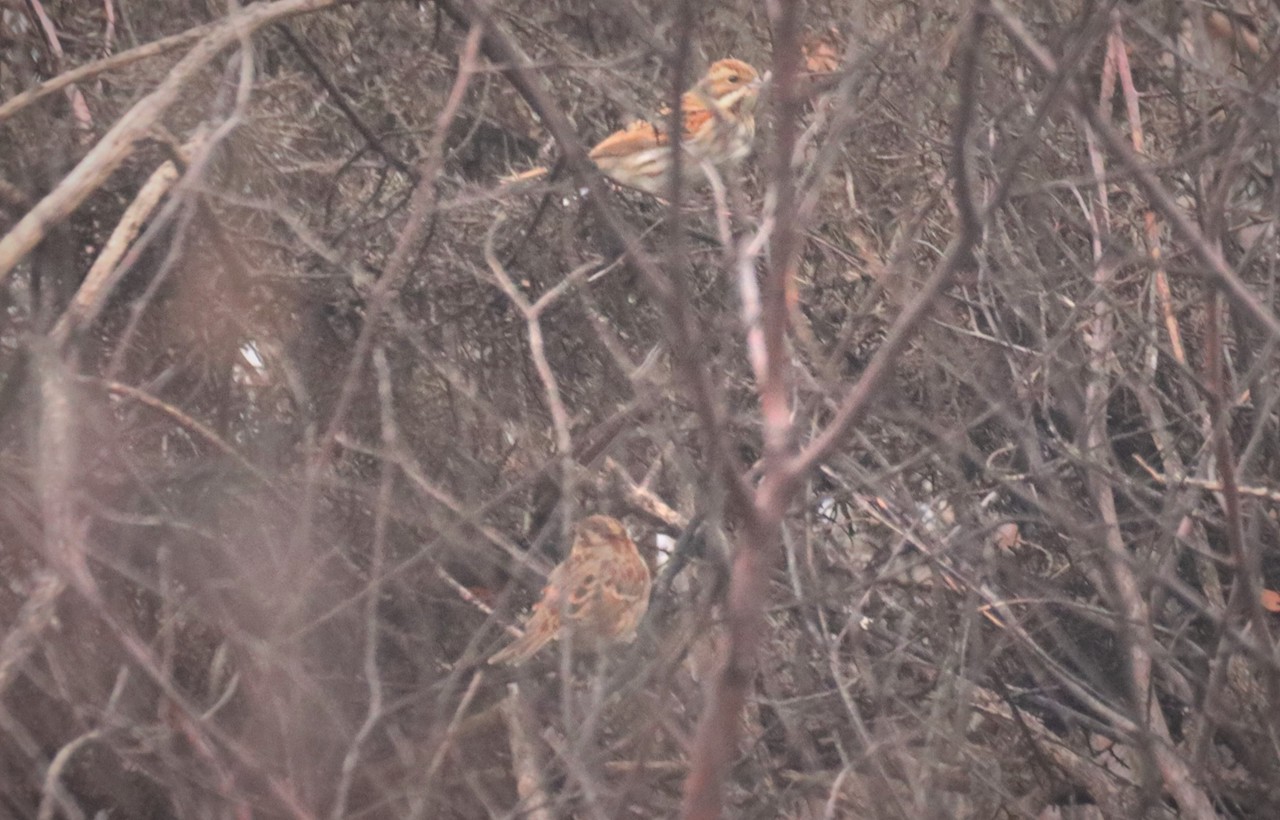









Alan Diver
December 16, 2020 at 3:39 pm
I really enjoyed Malcolm Fincham’s journey around the local Bird World and the photographs are superb. Thank you.
John Walter
December 22, 2020 at 5:10 pm
Thank you Malcolm for a fascinating résumé of recent seasonal sightings.
All the best for 2021
(John from across the road.)